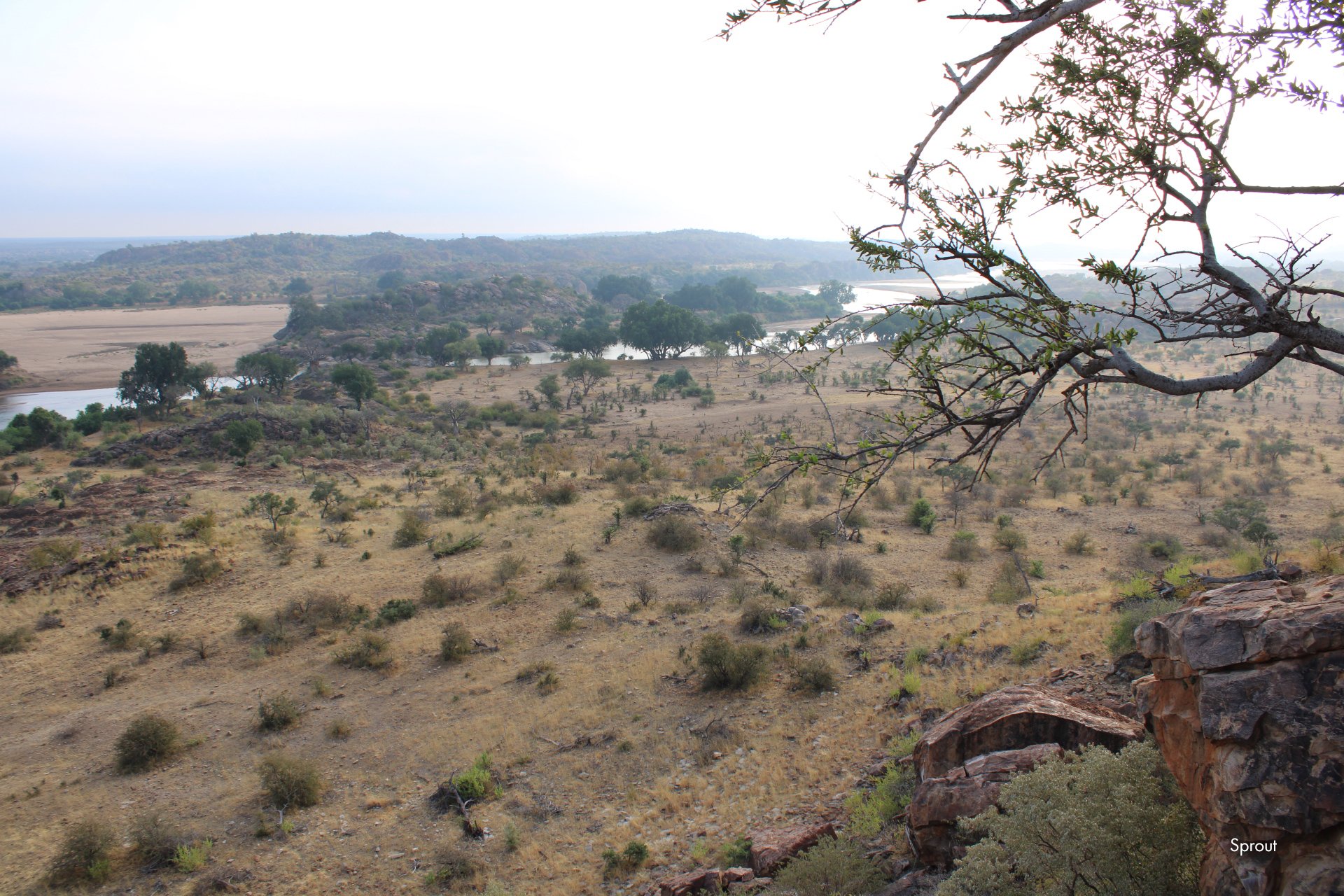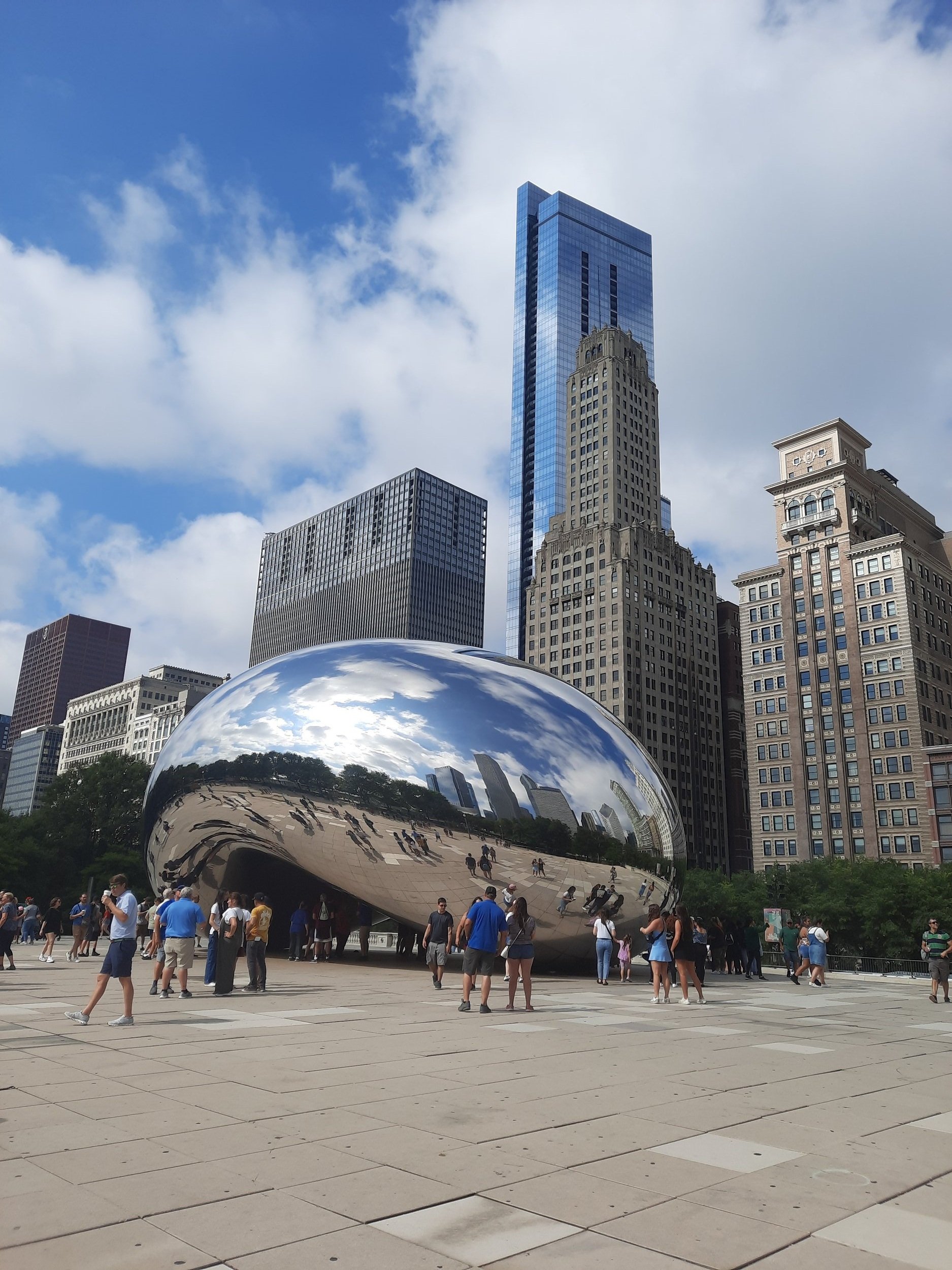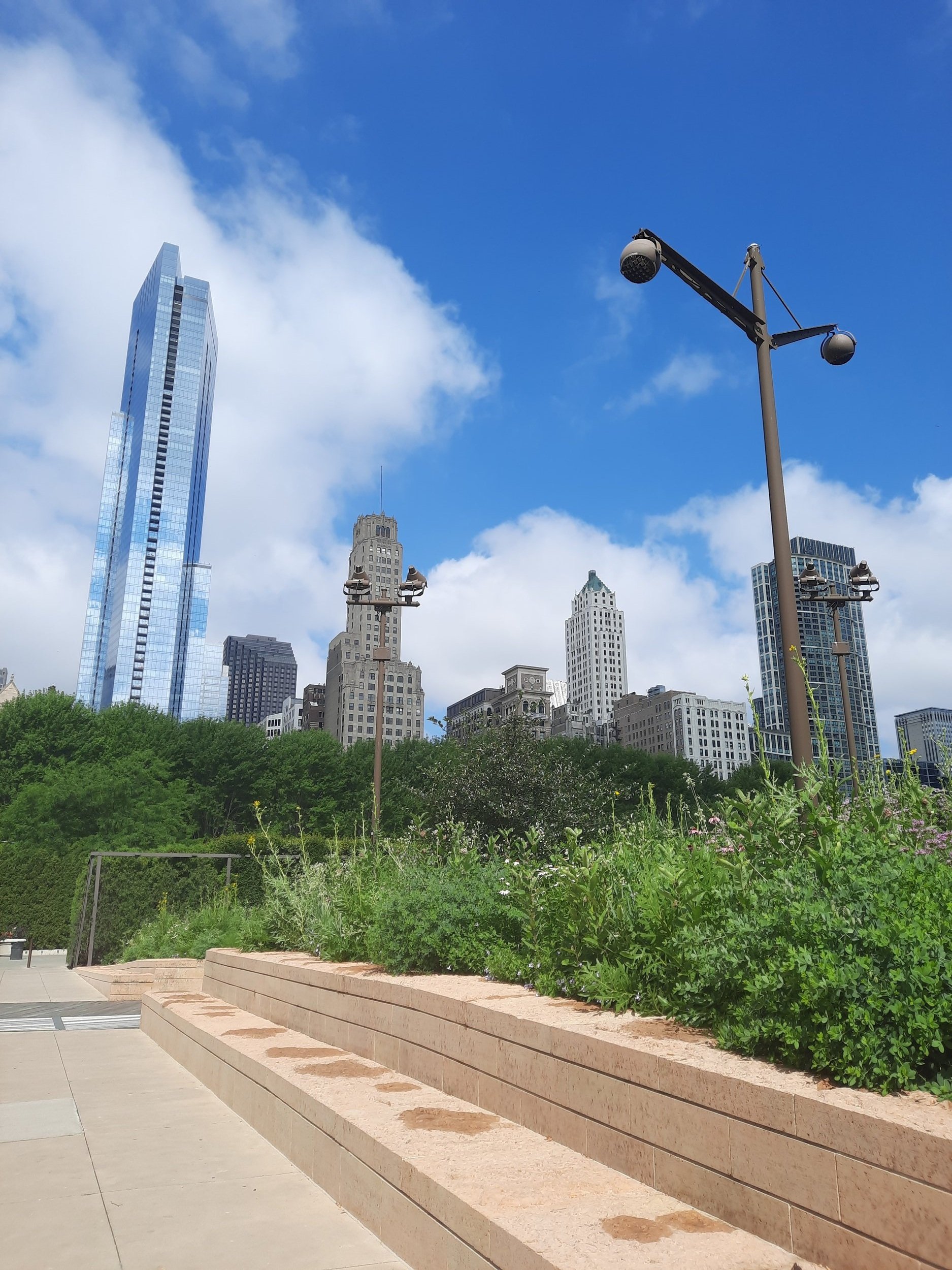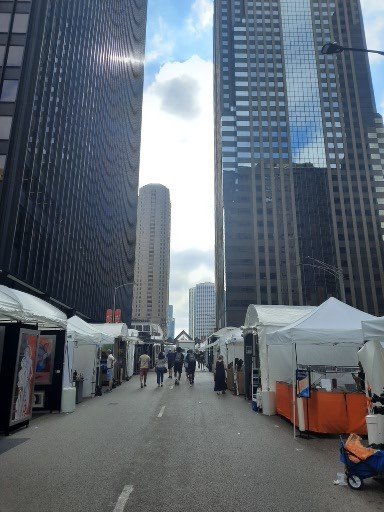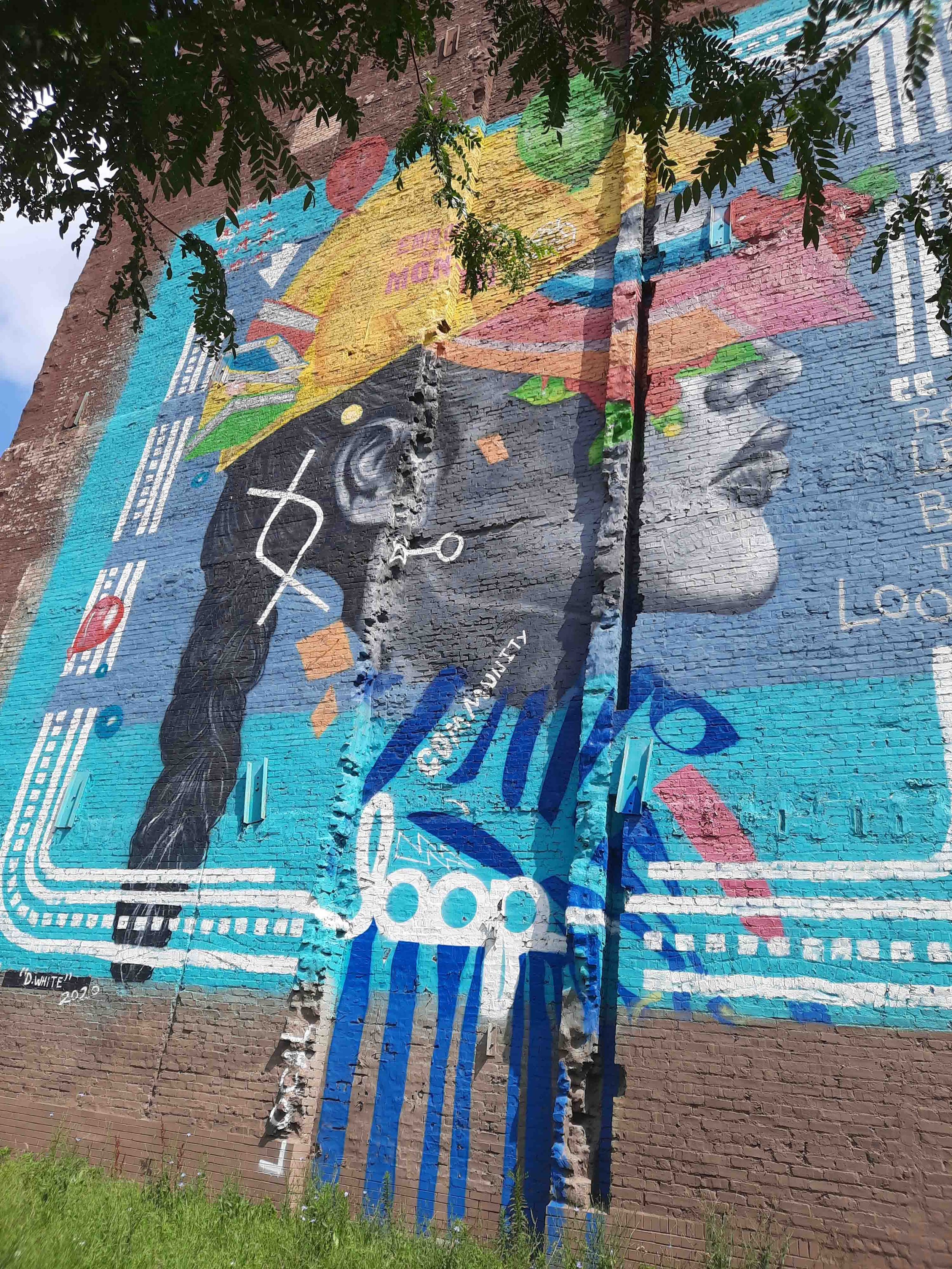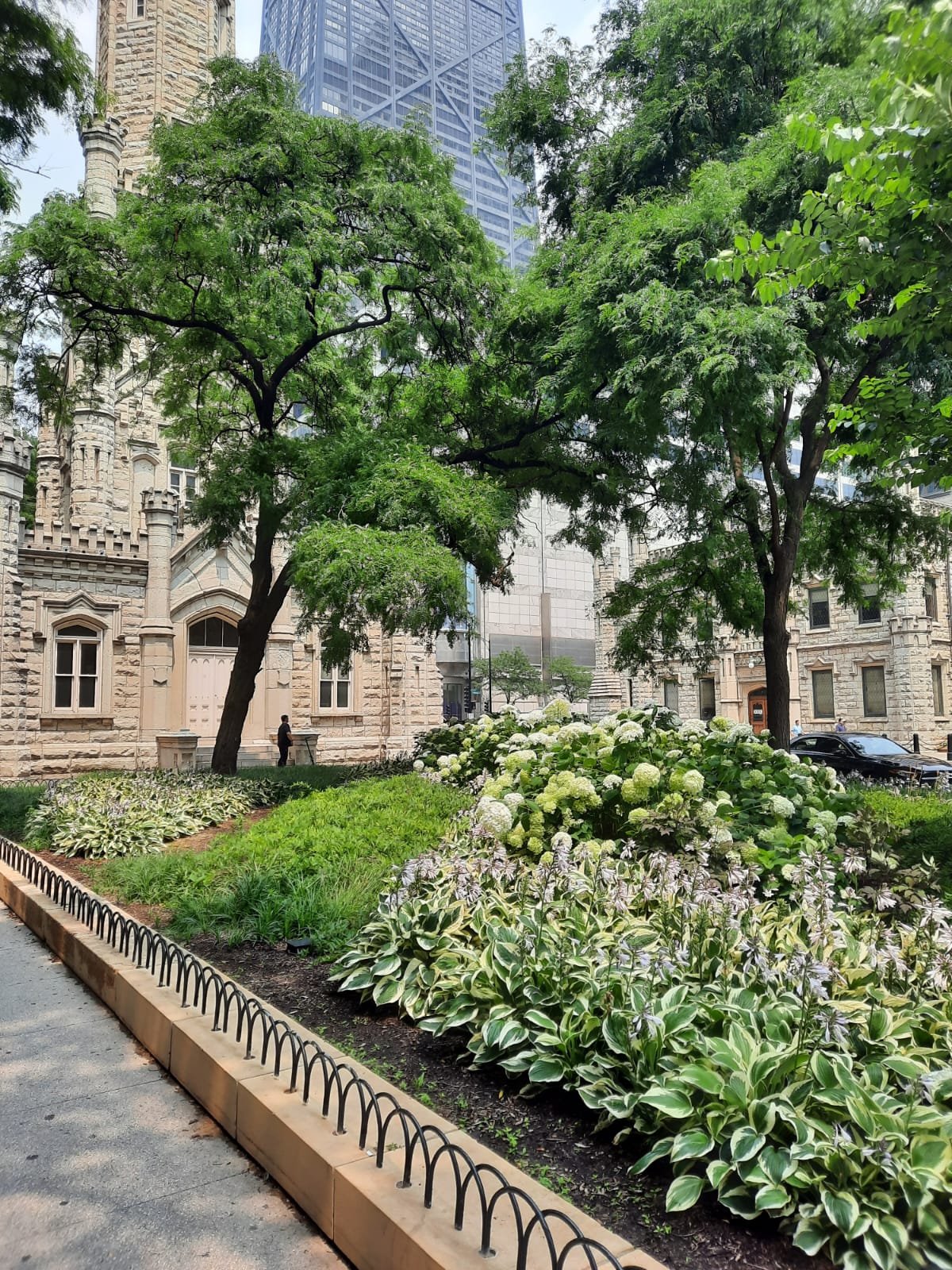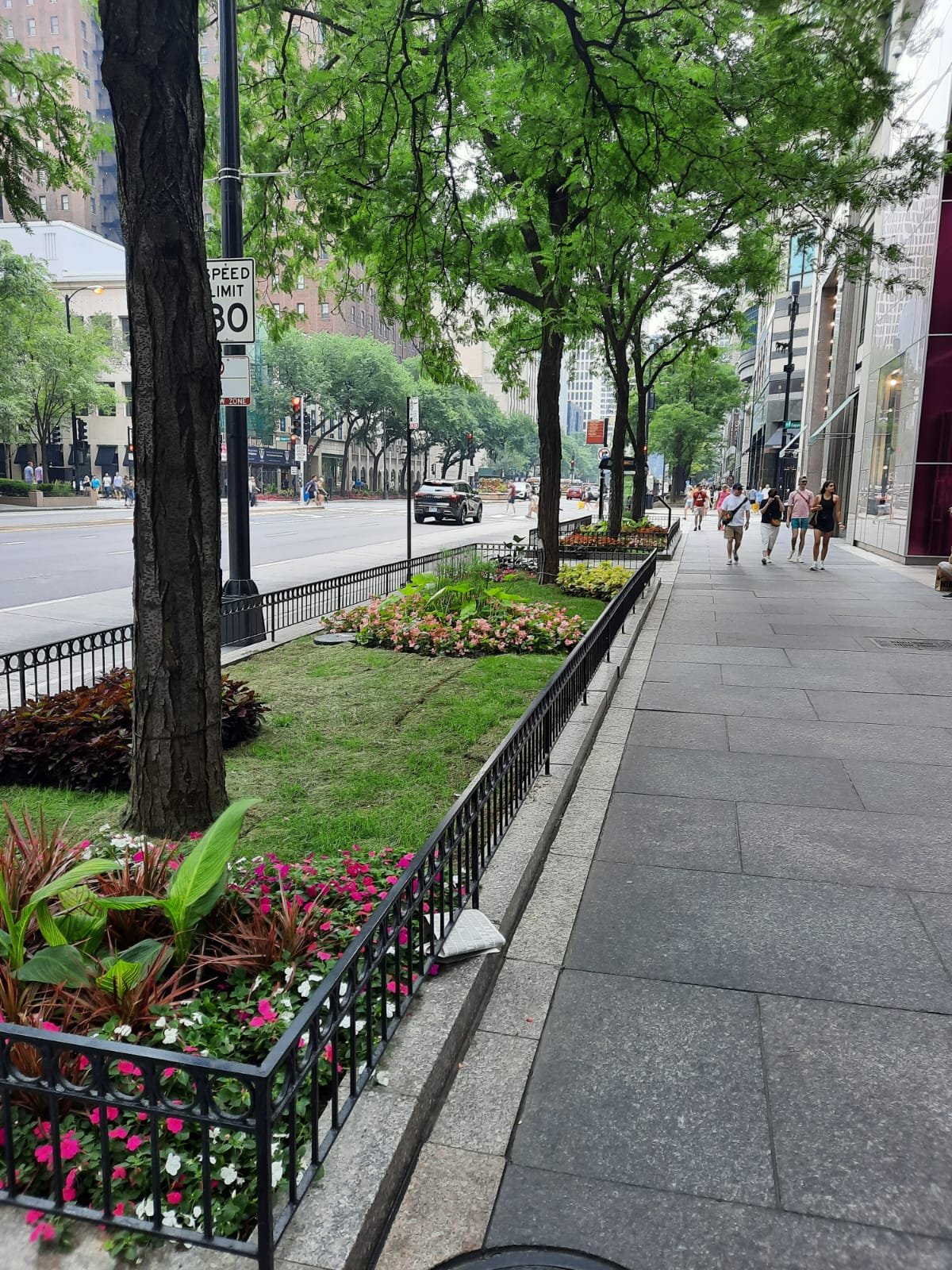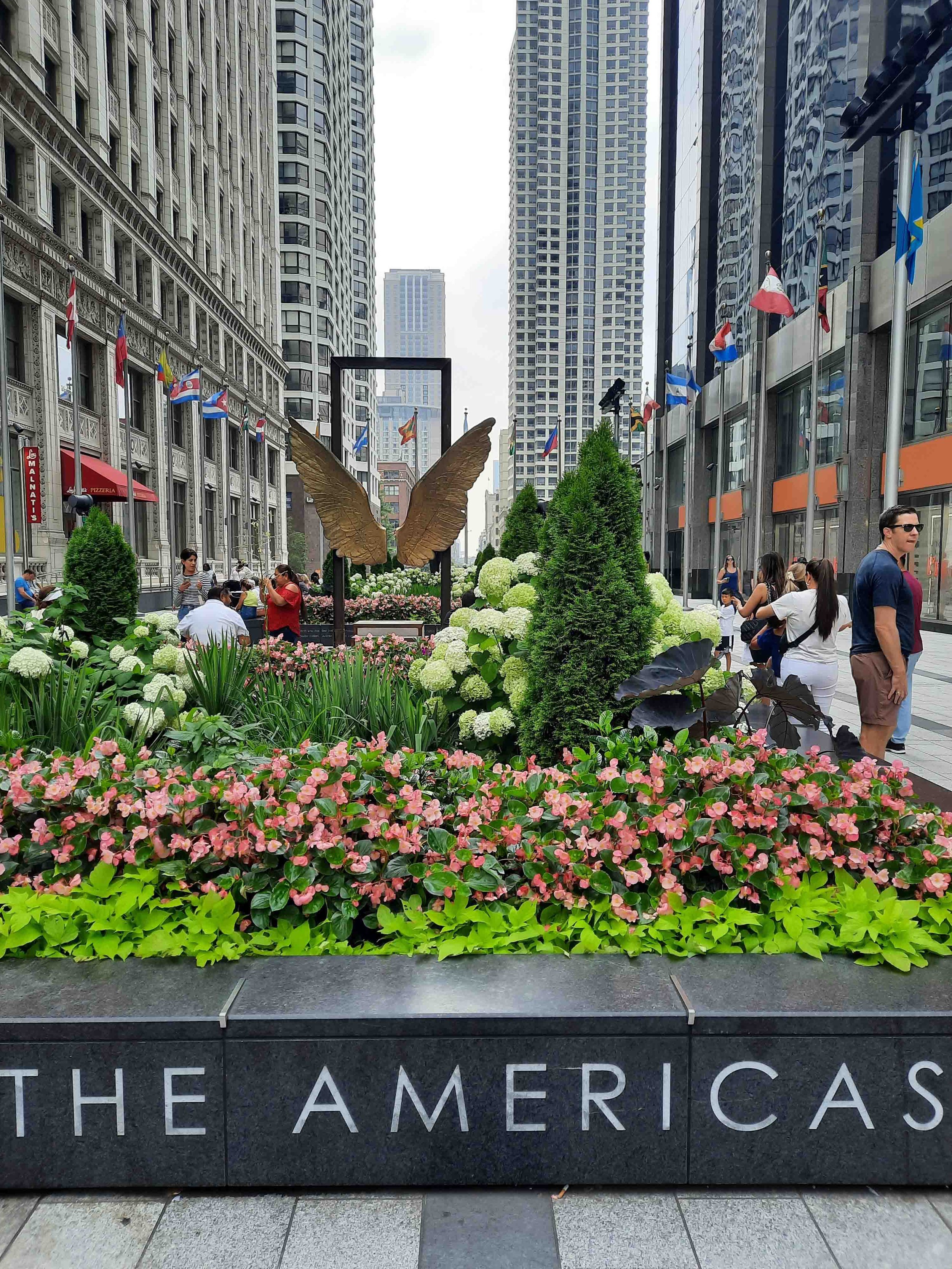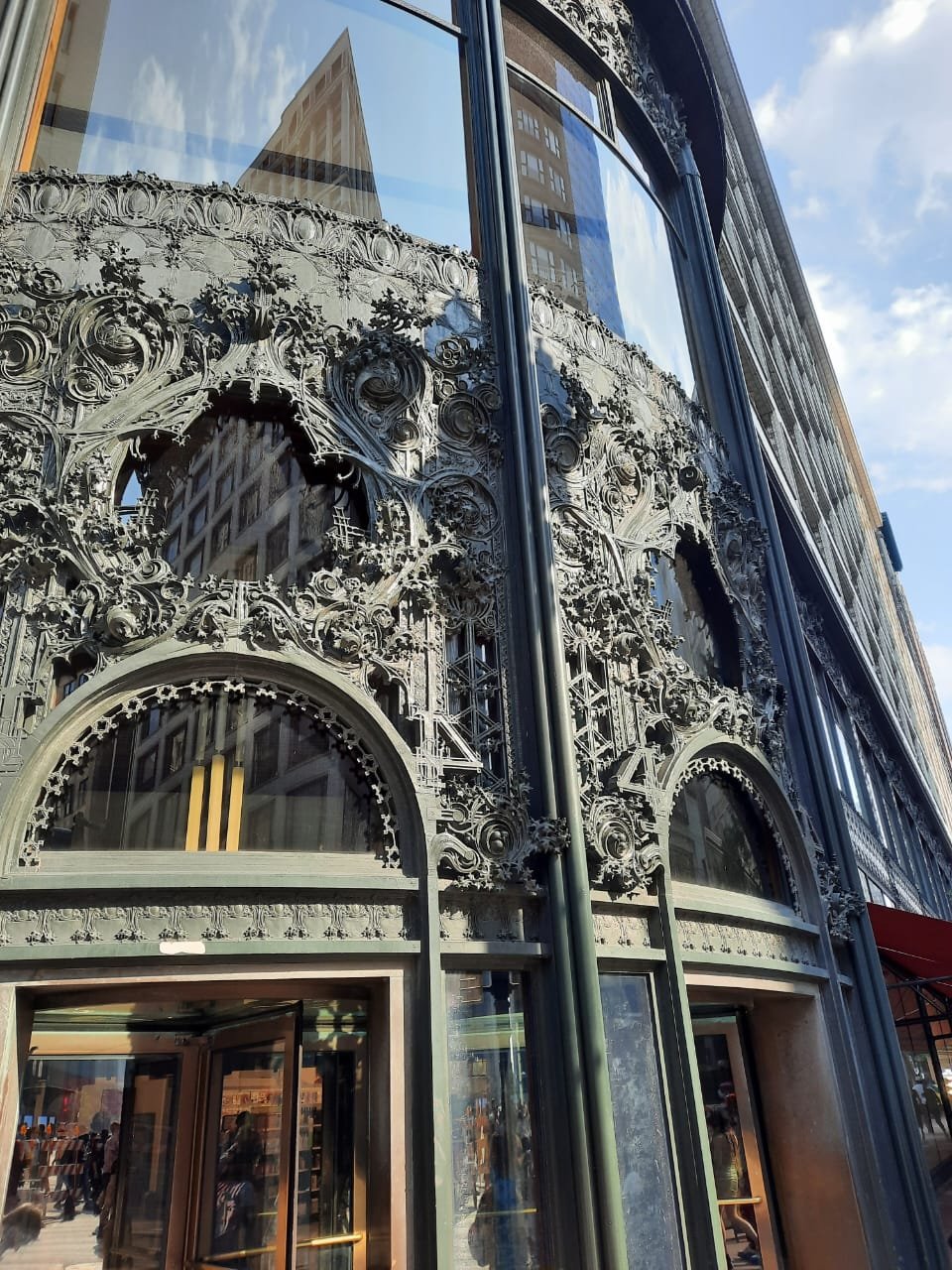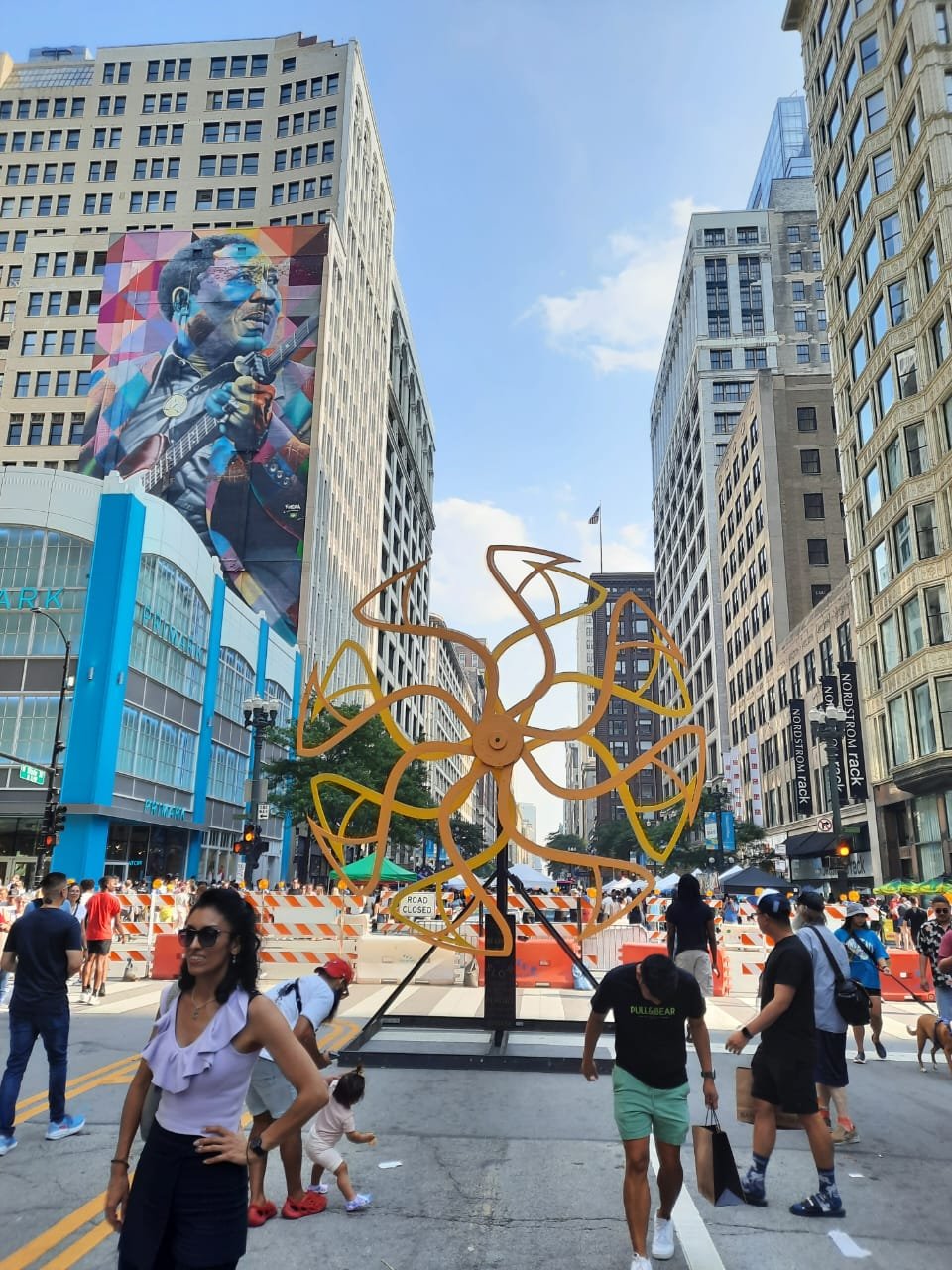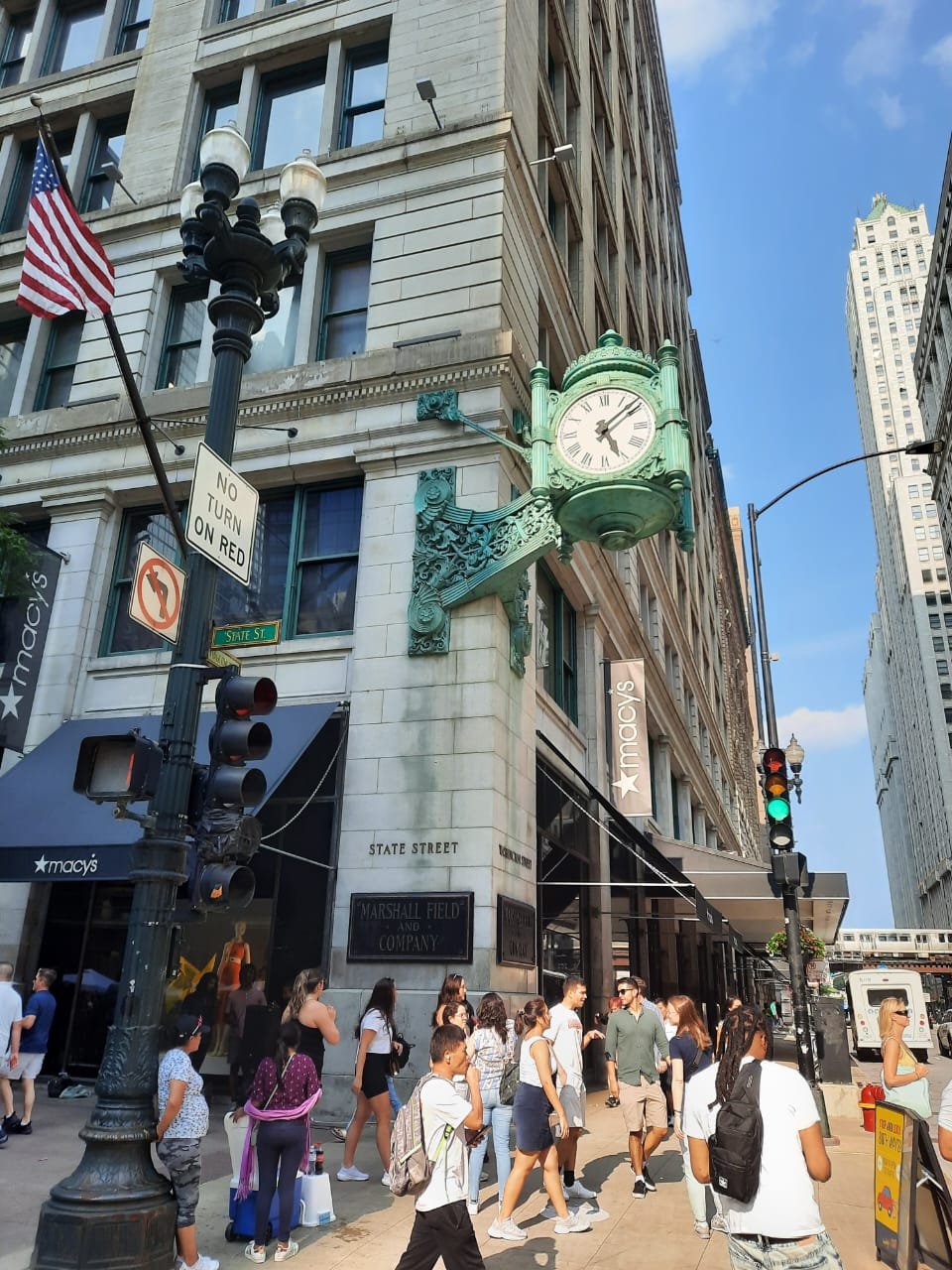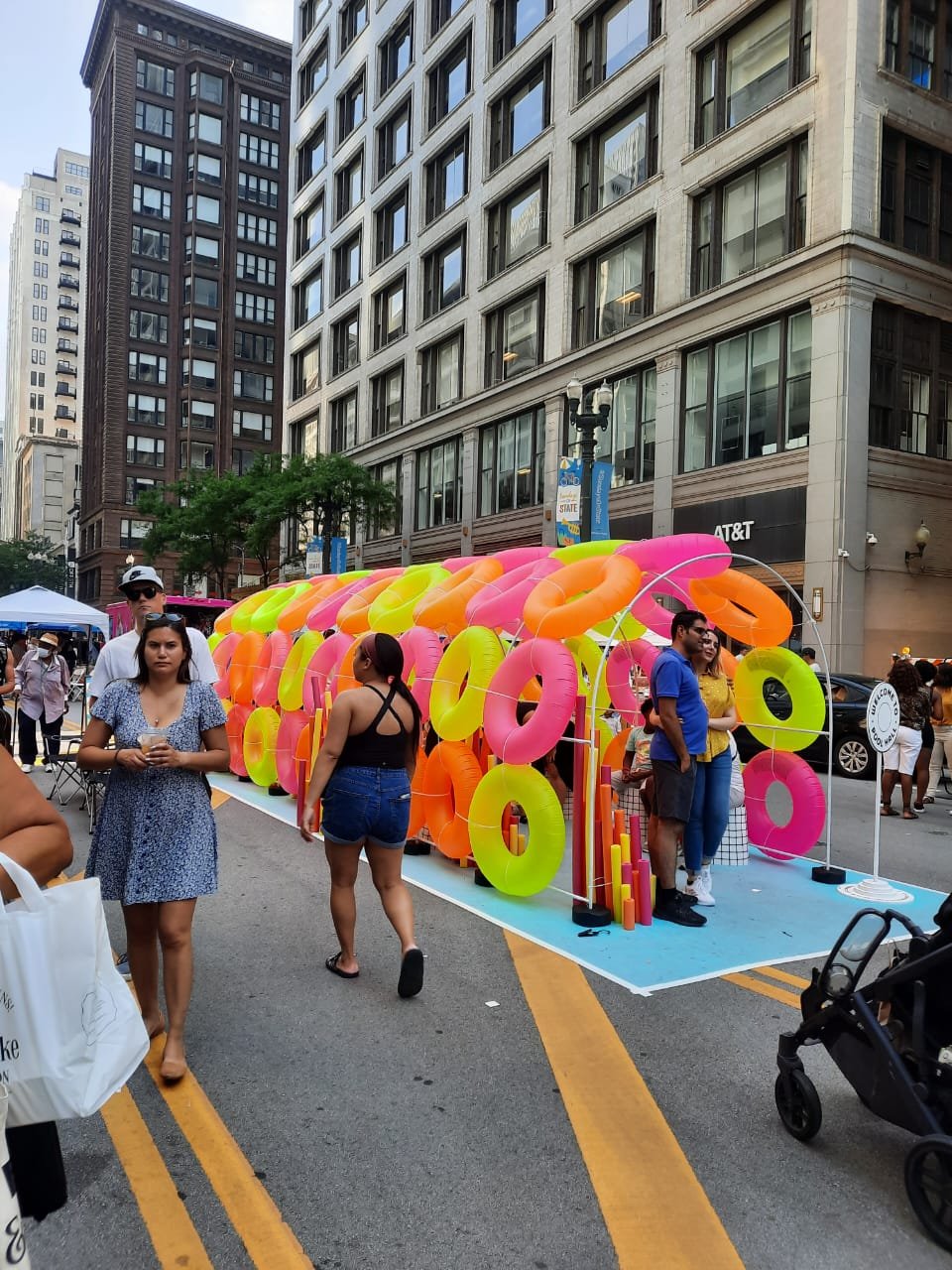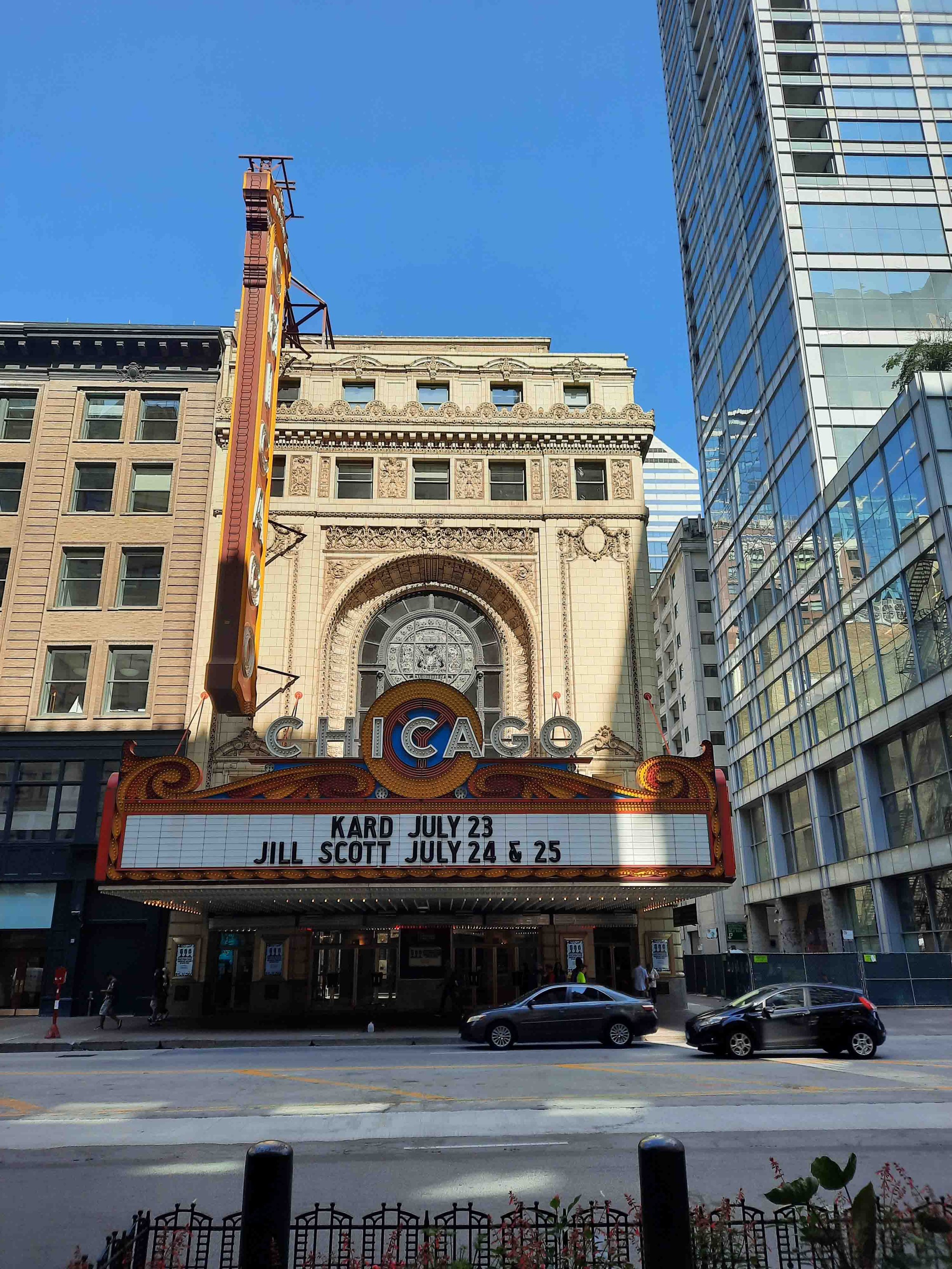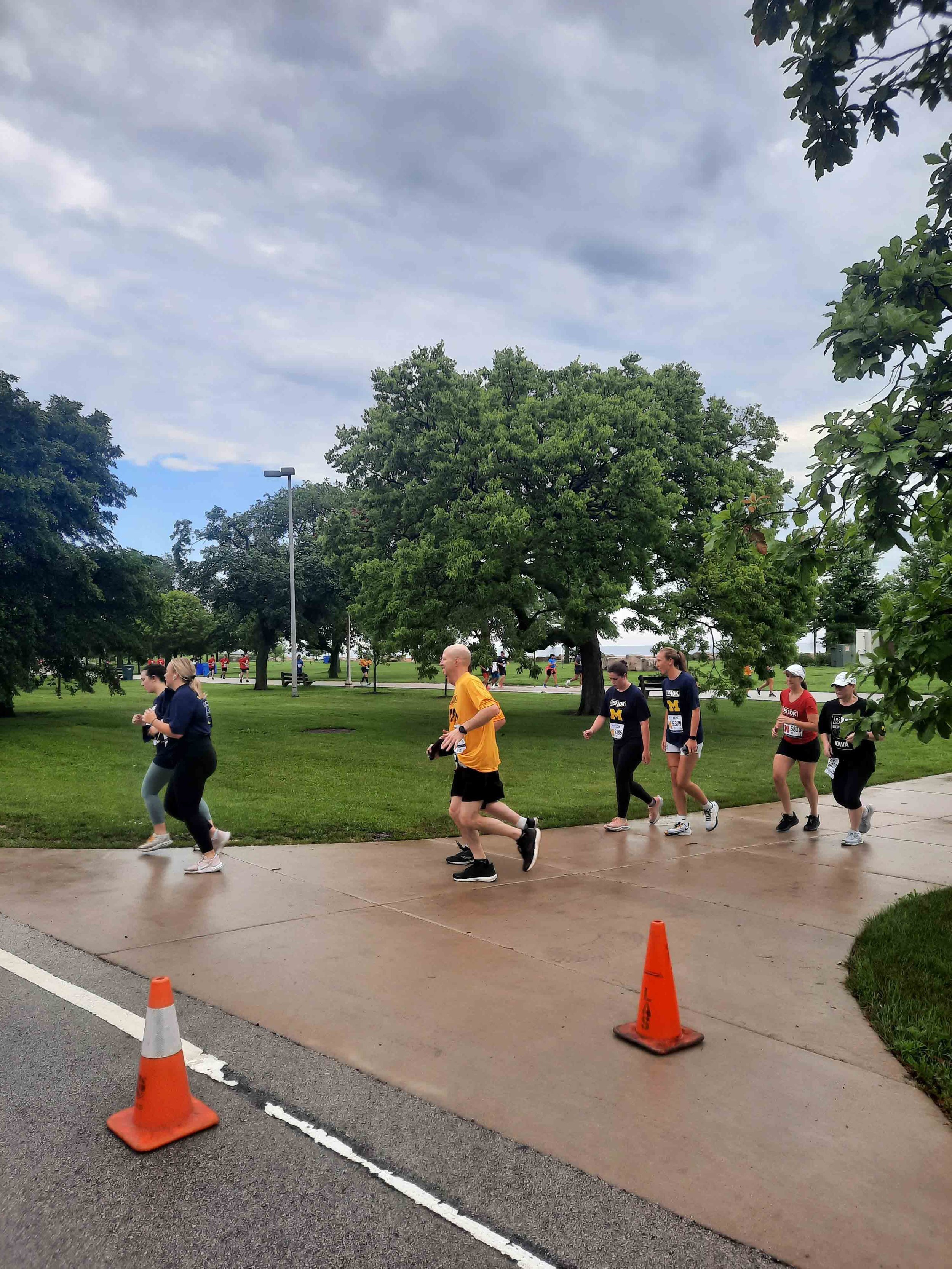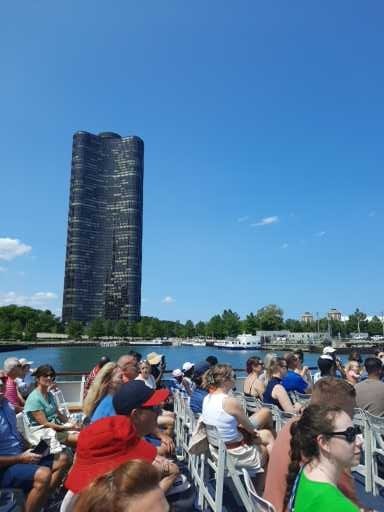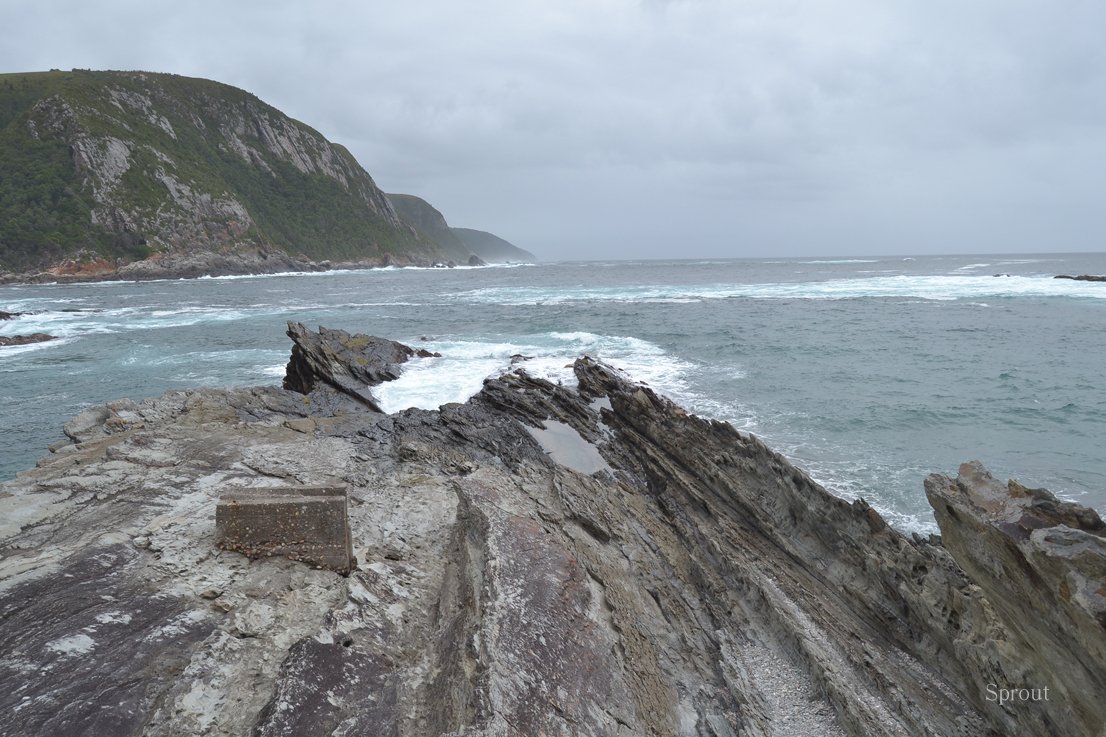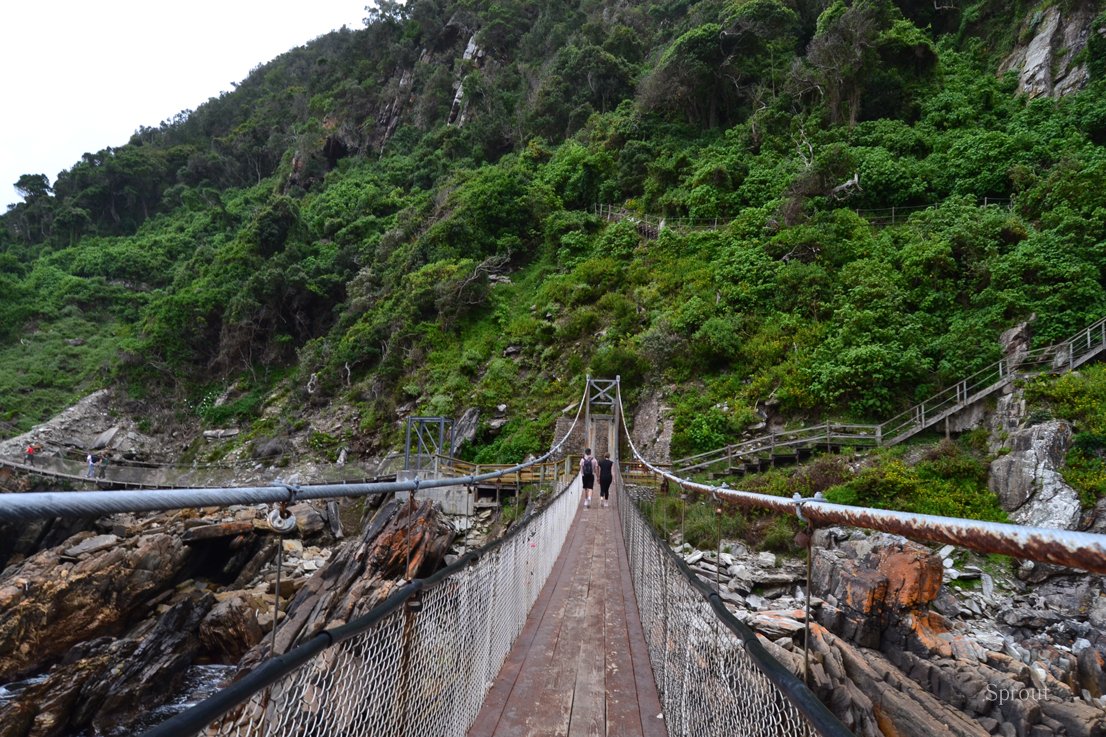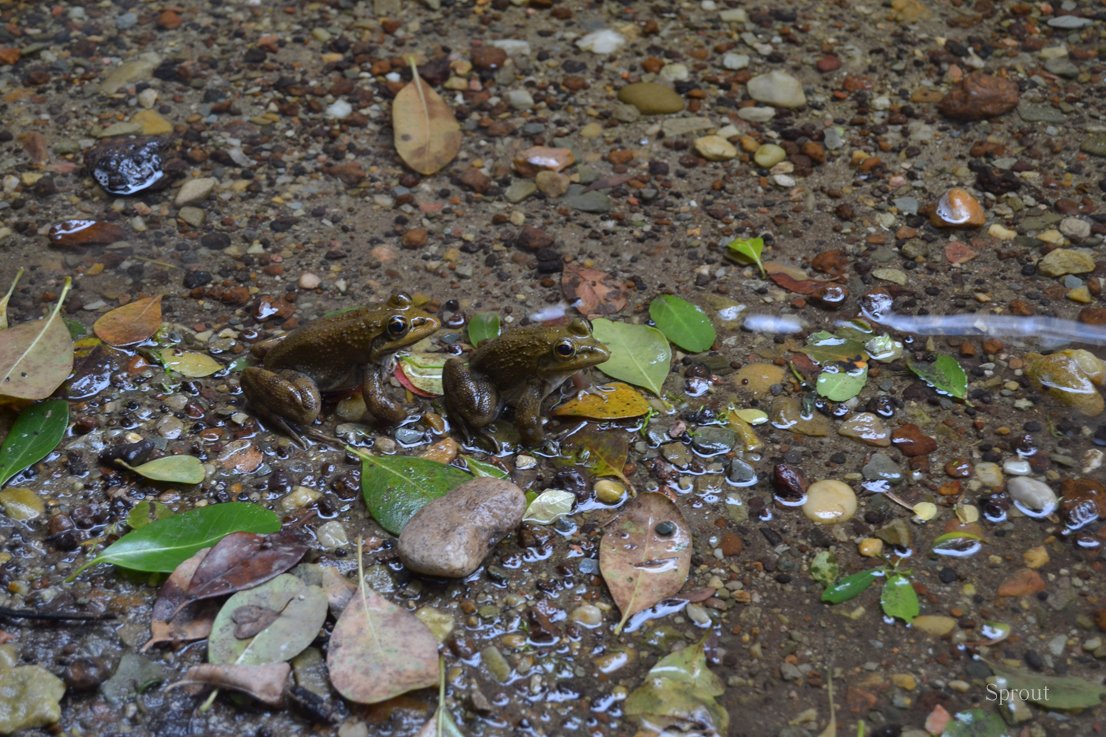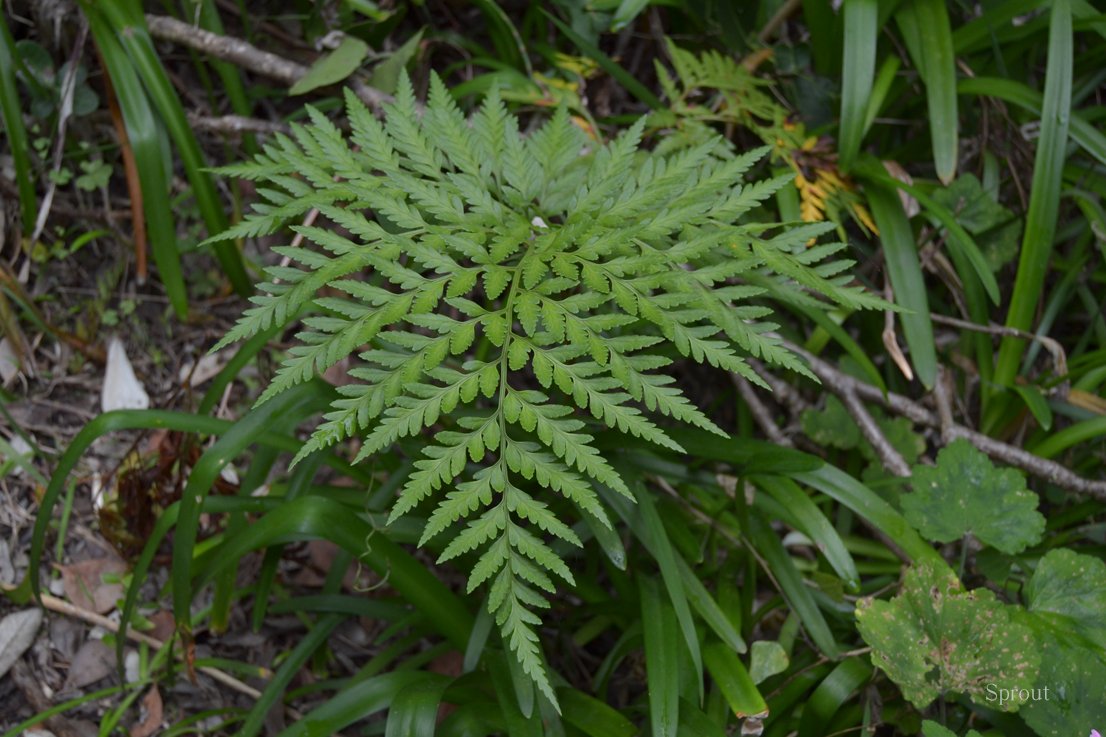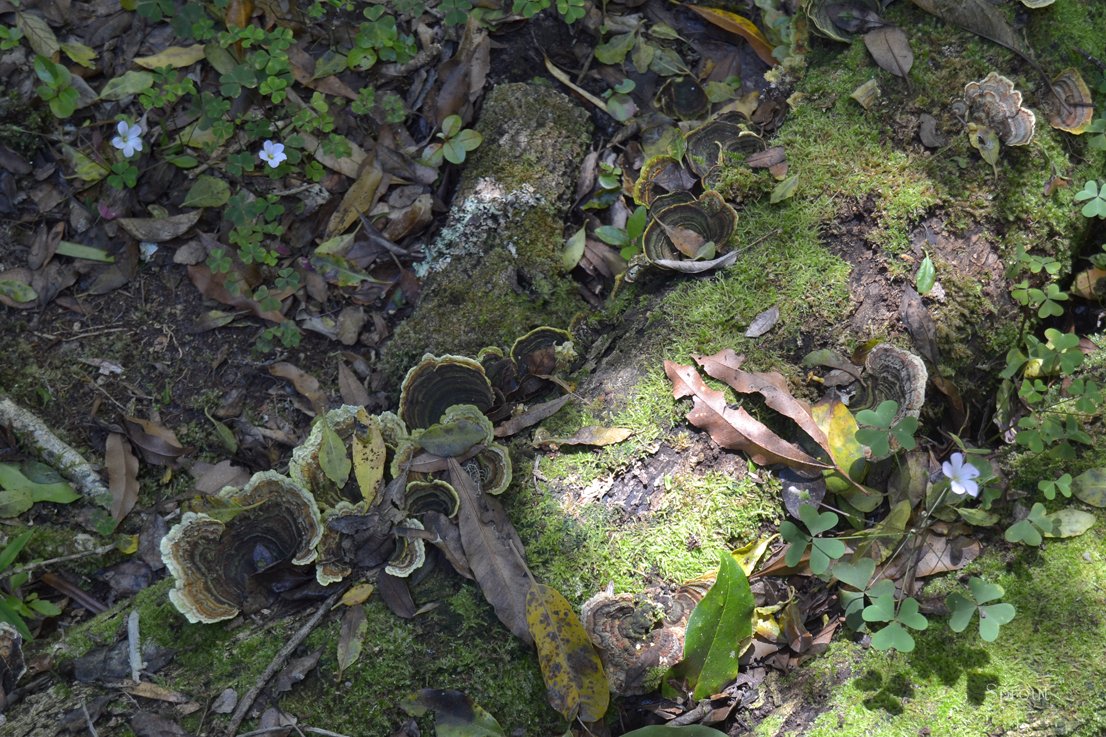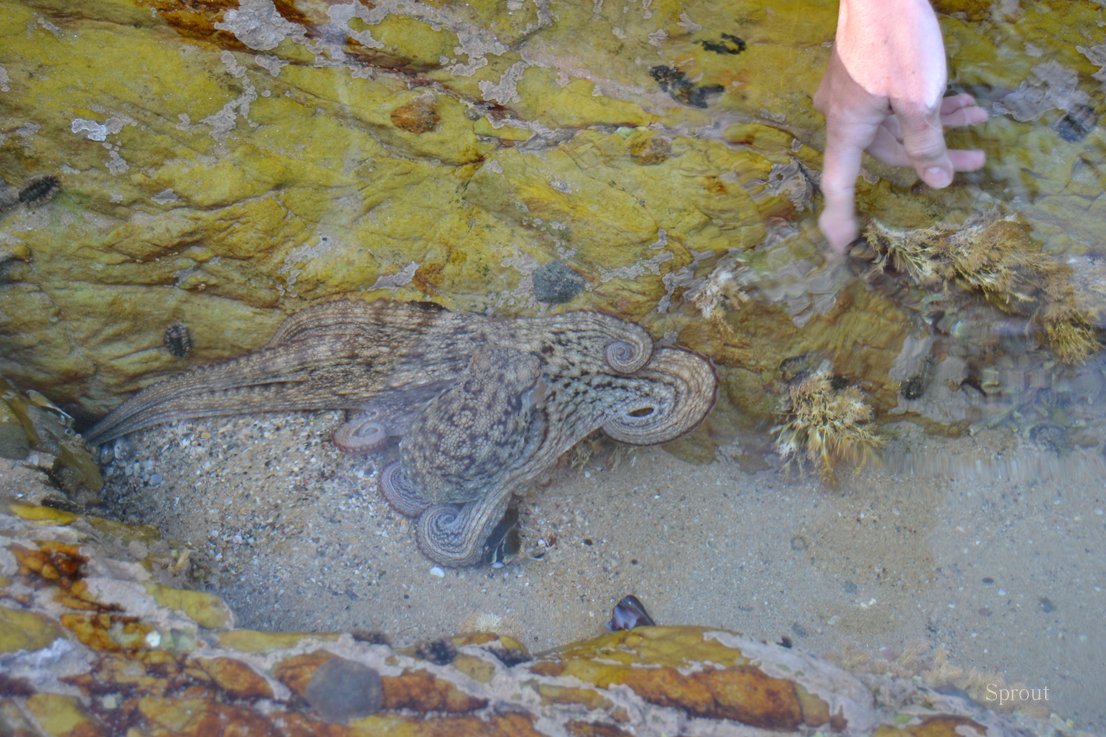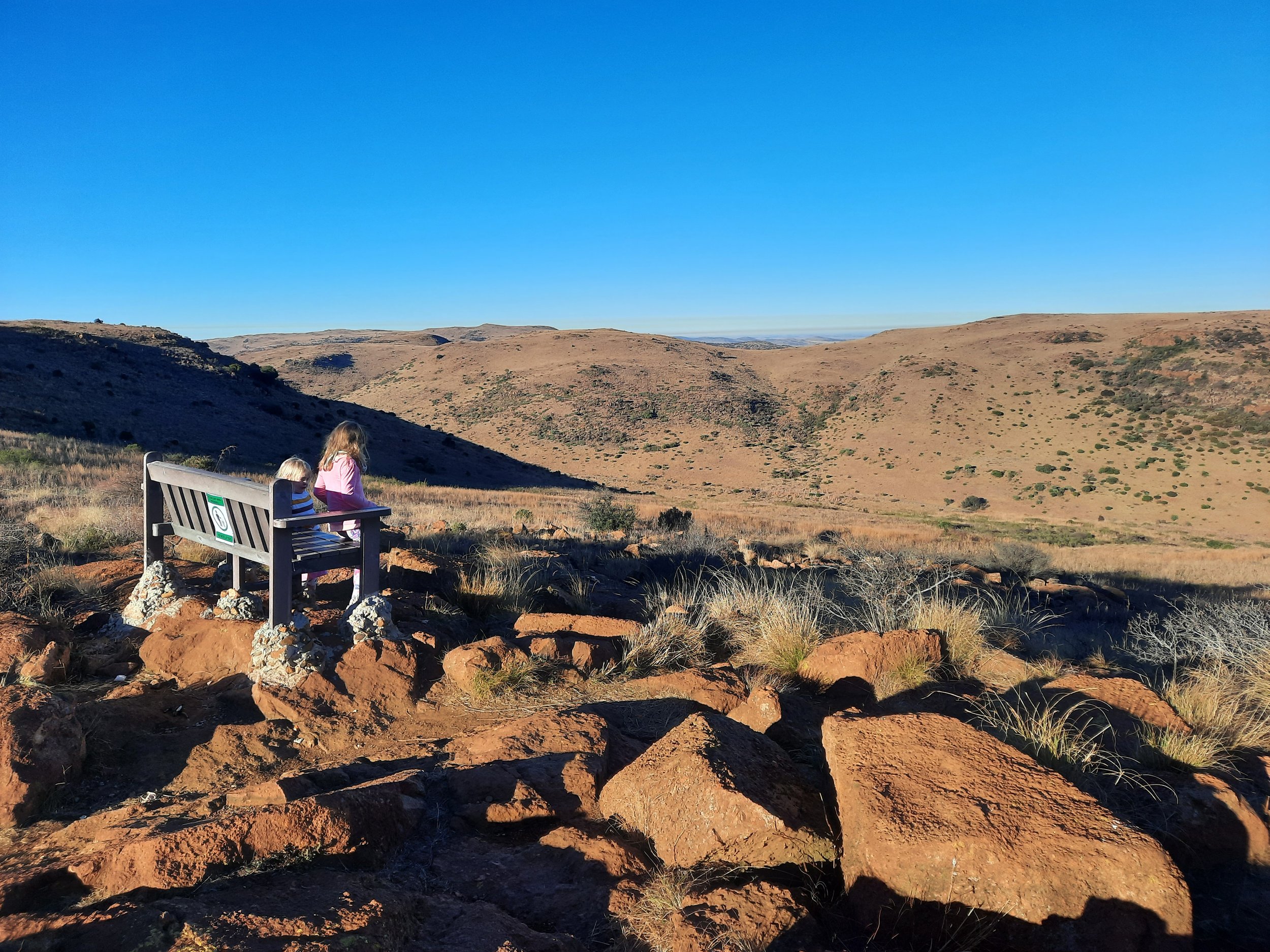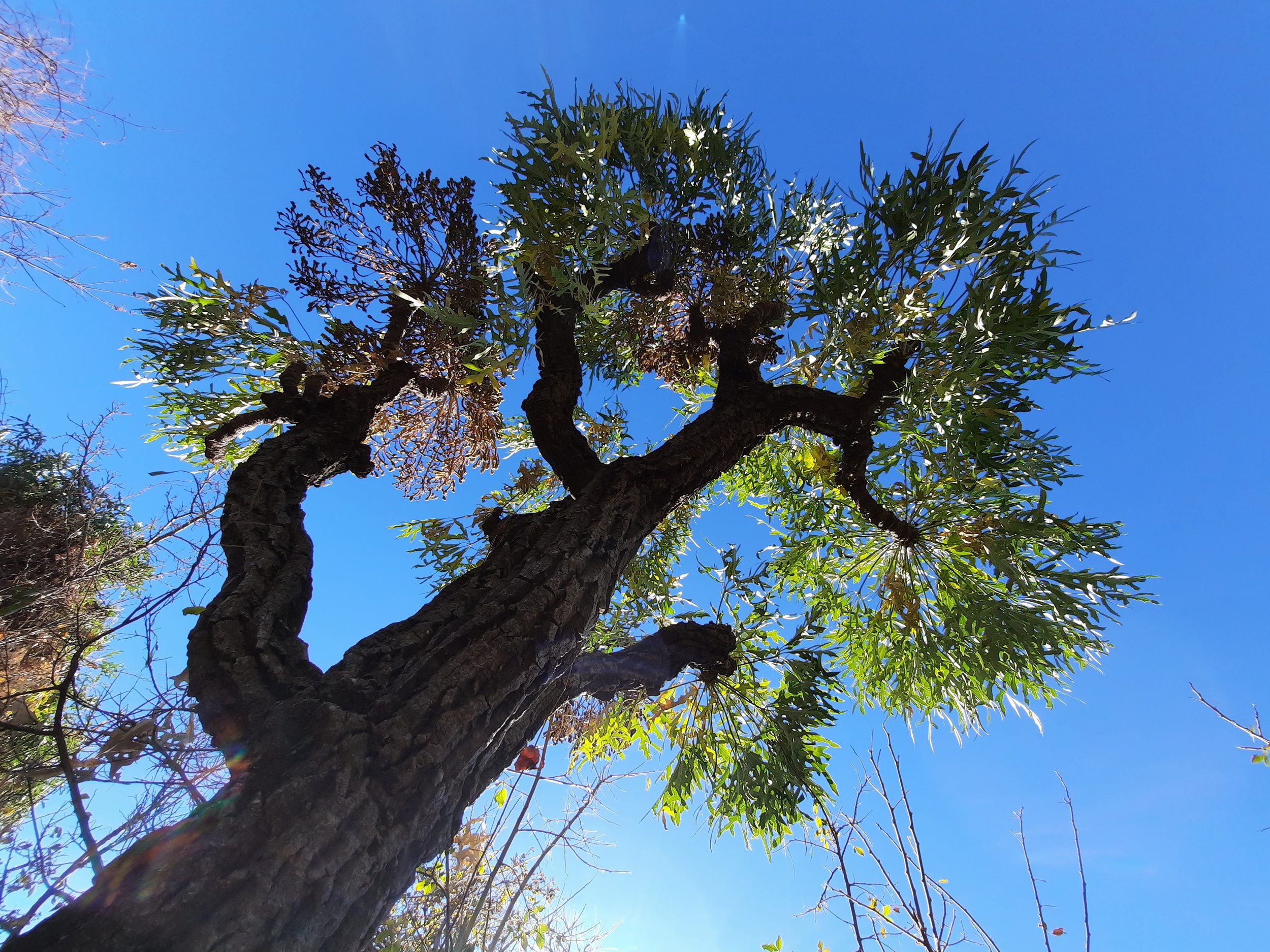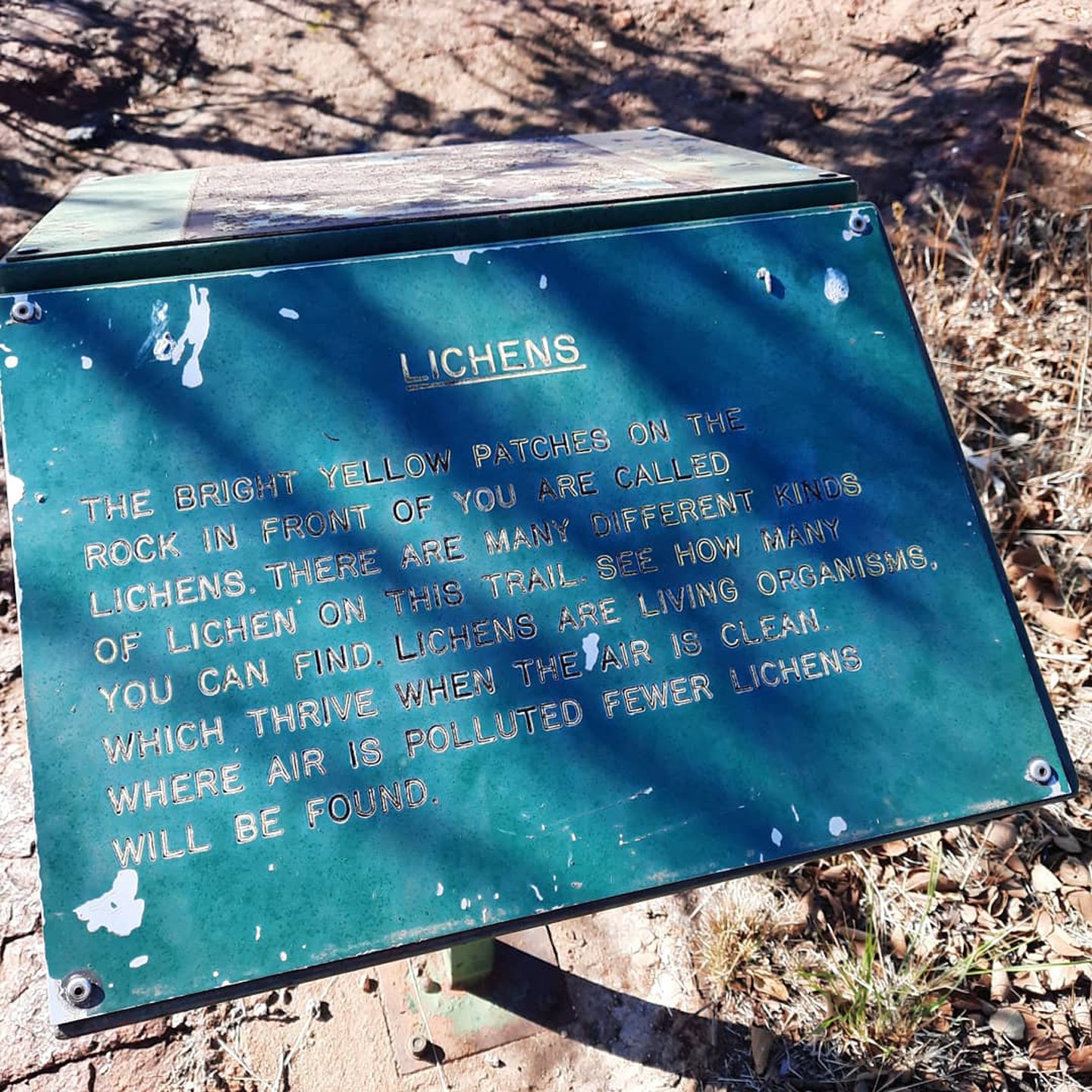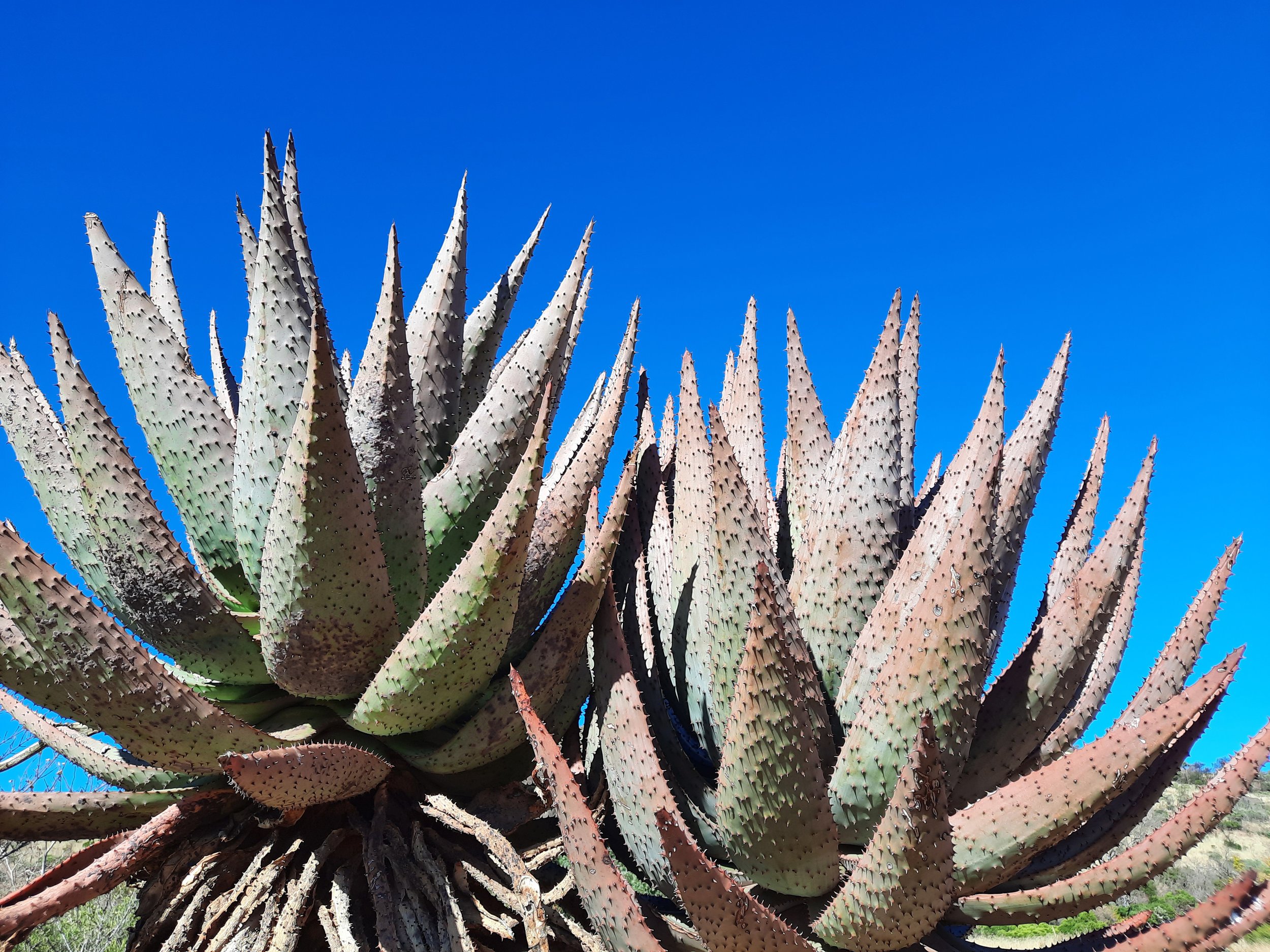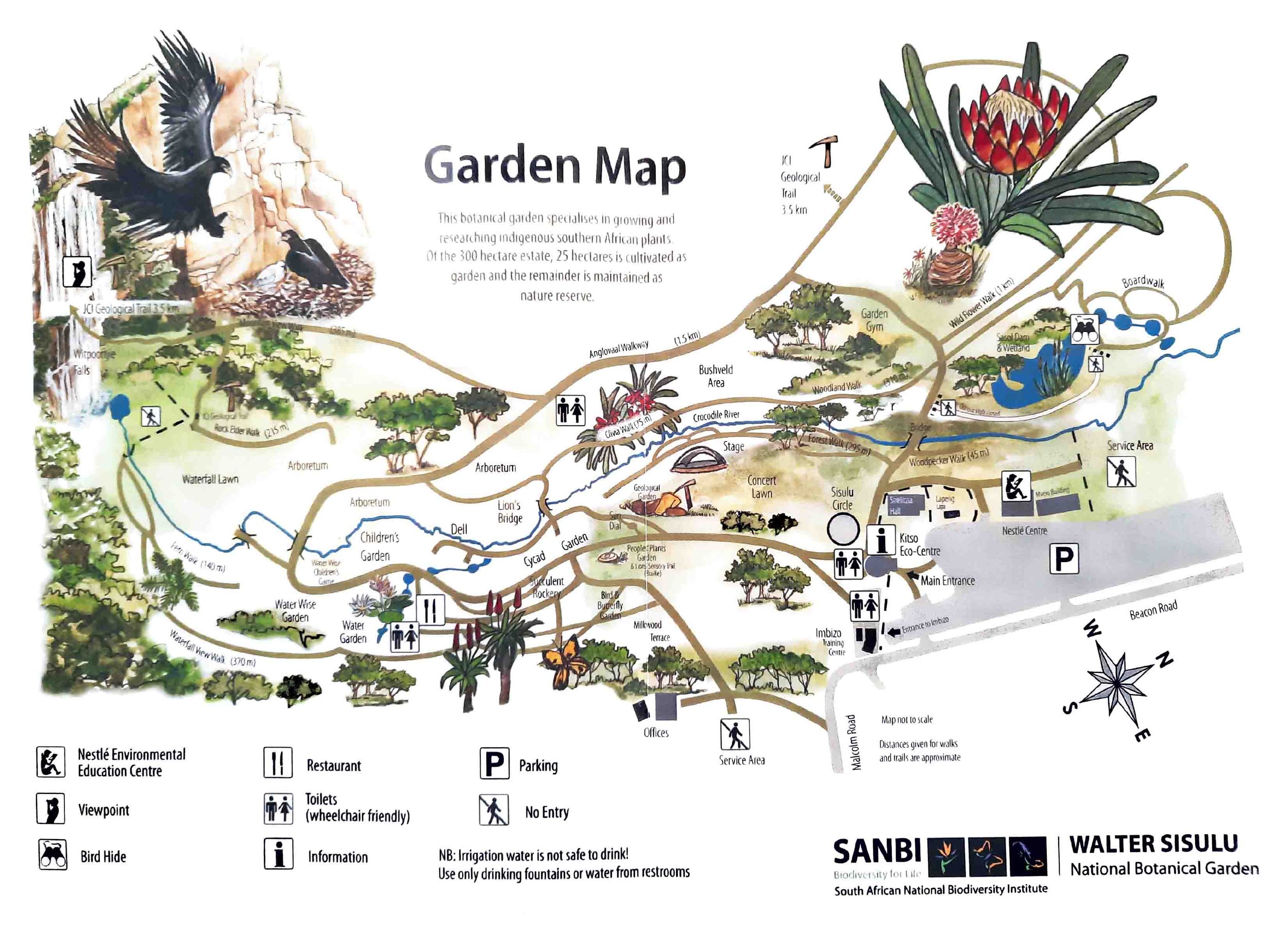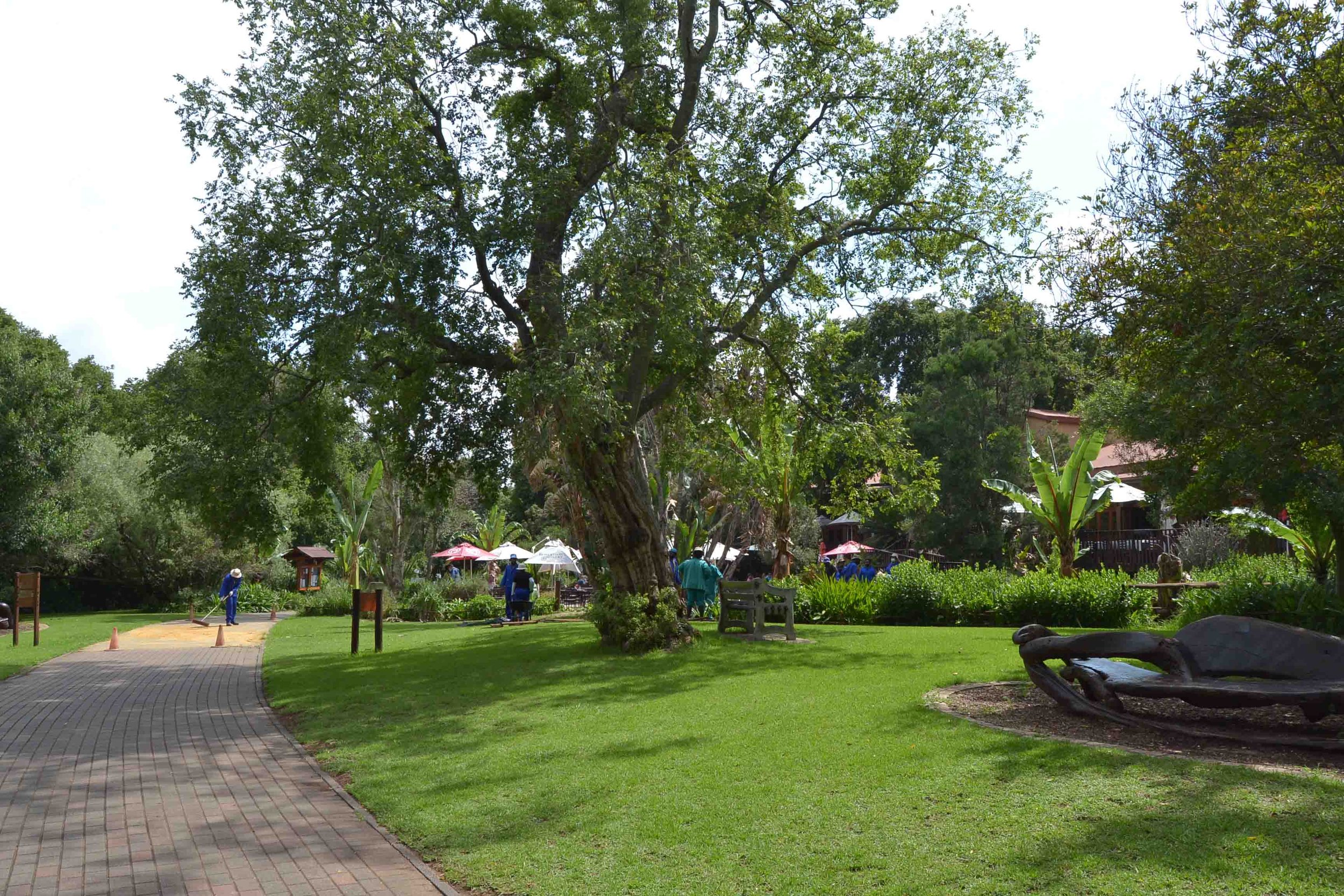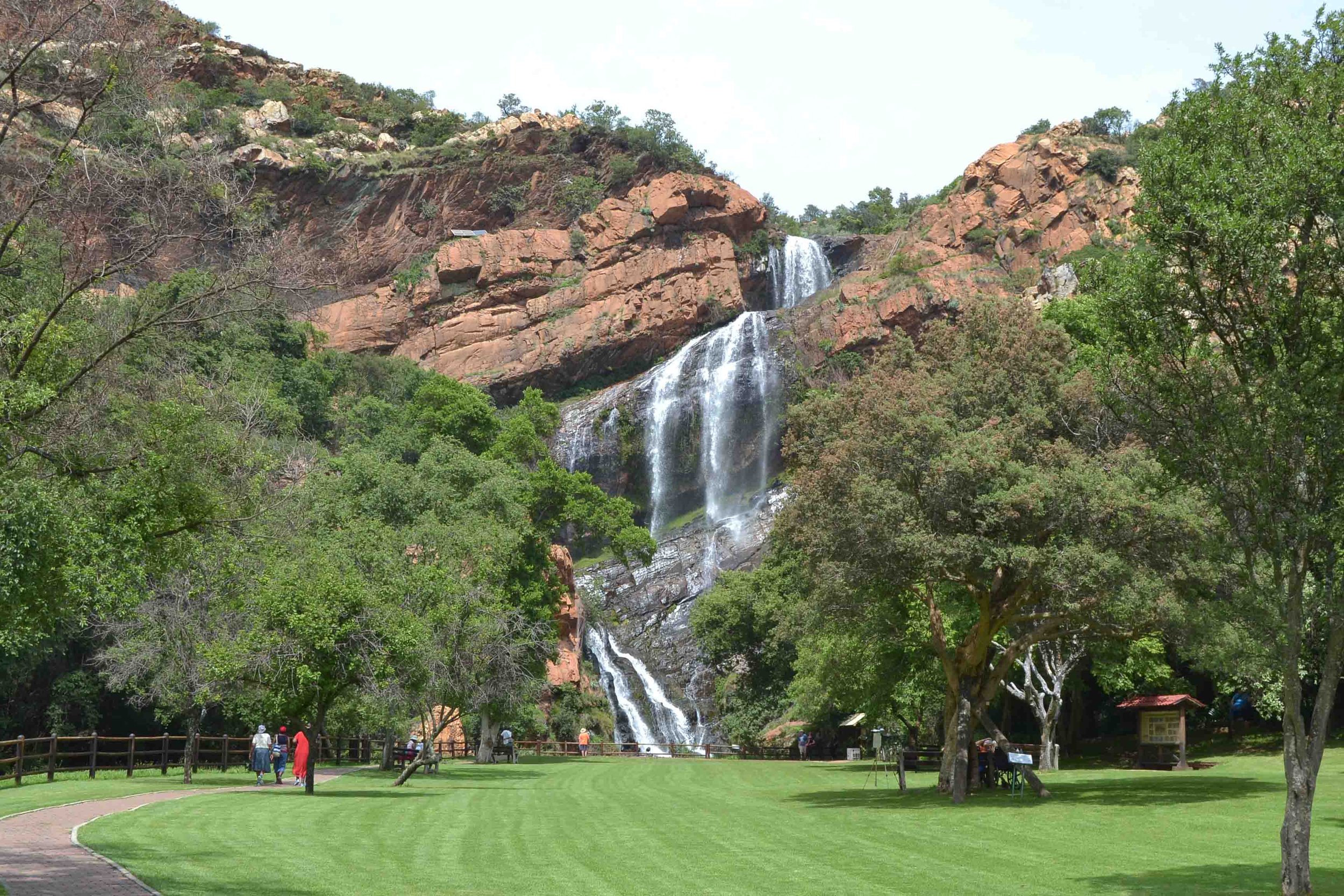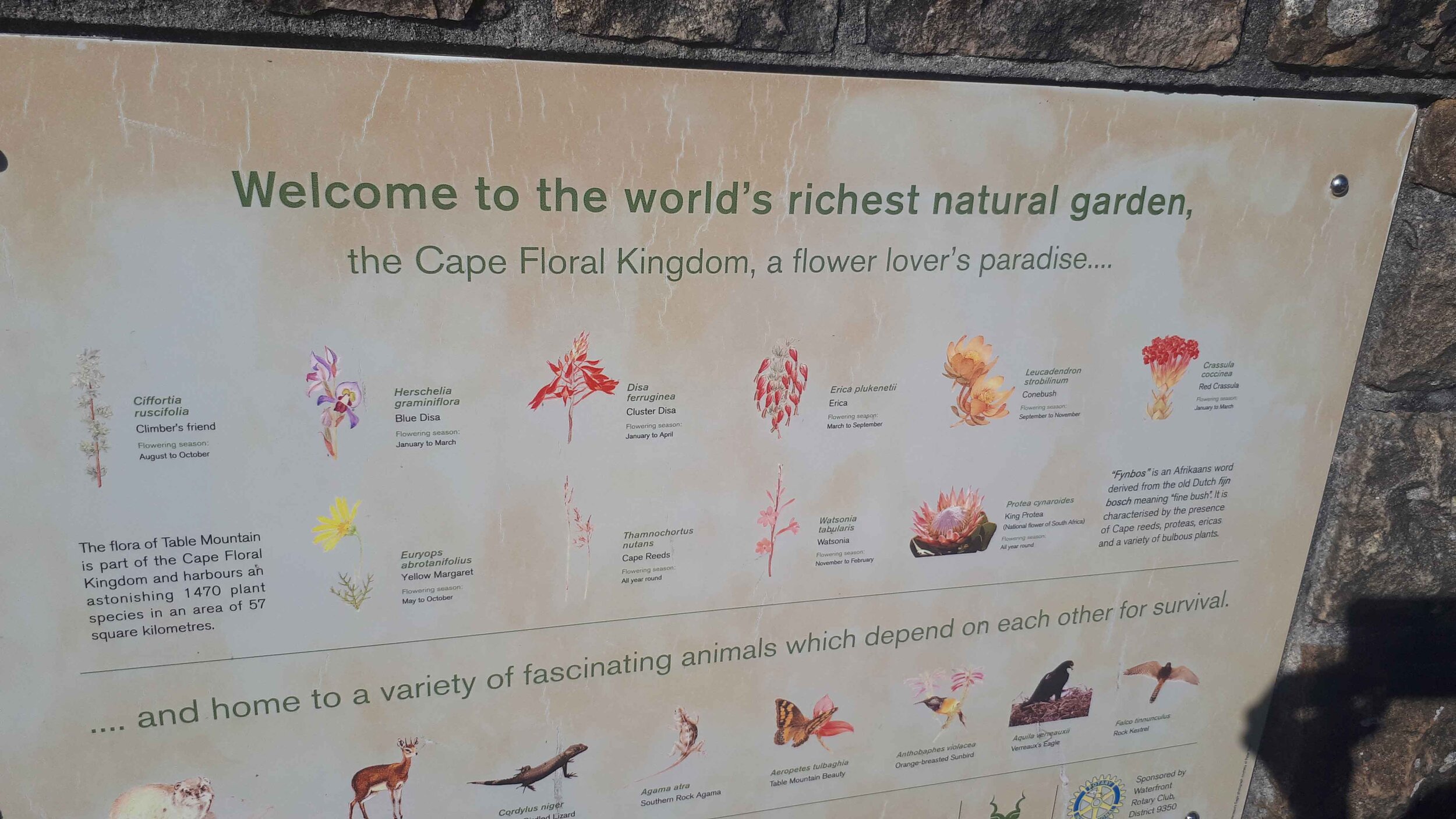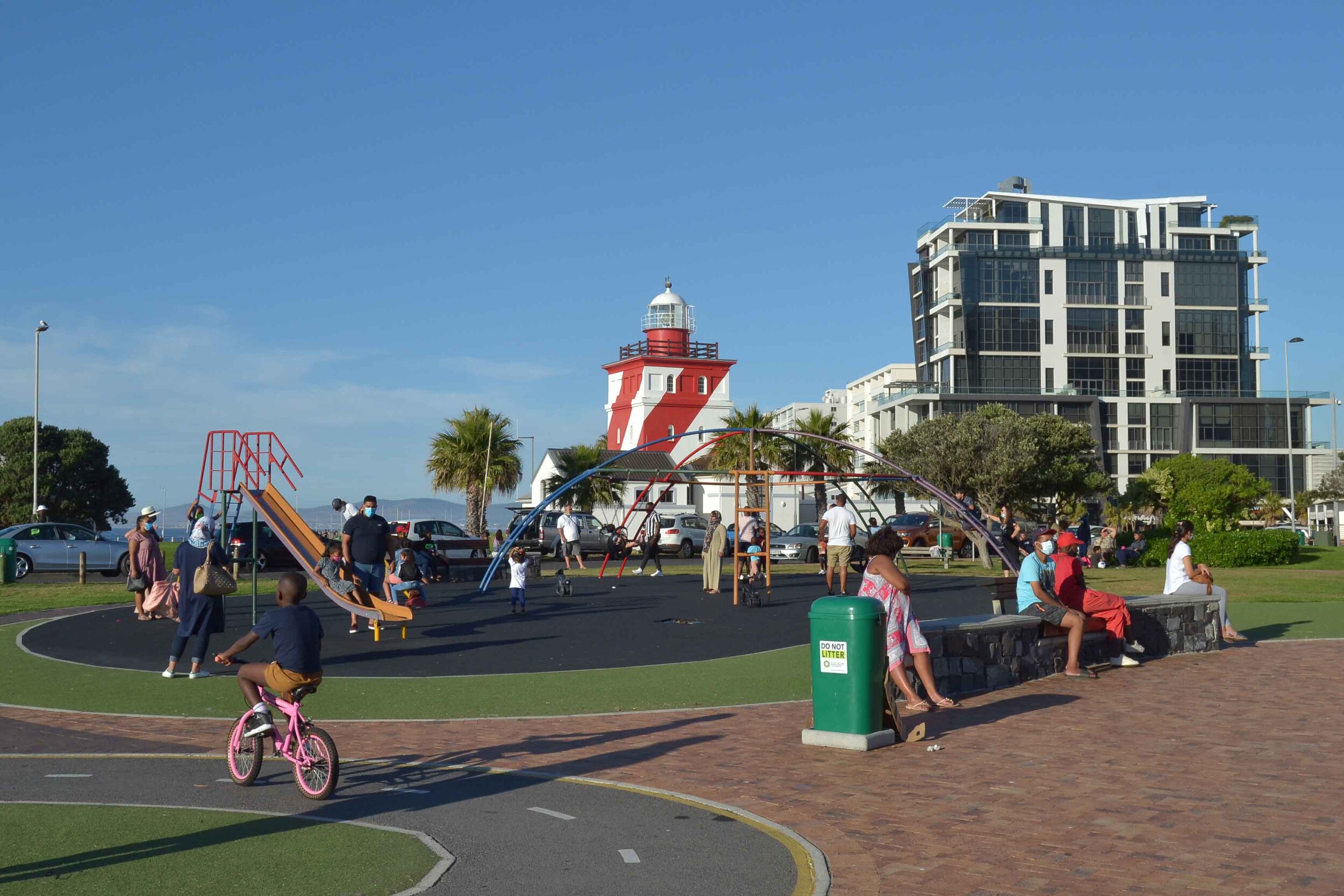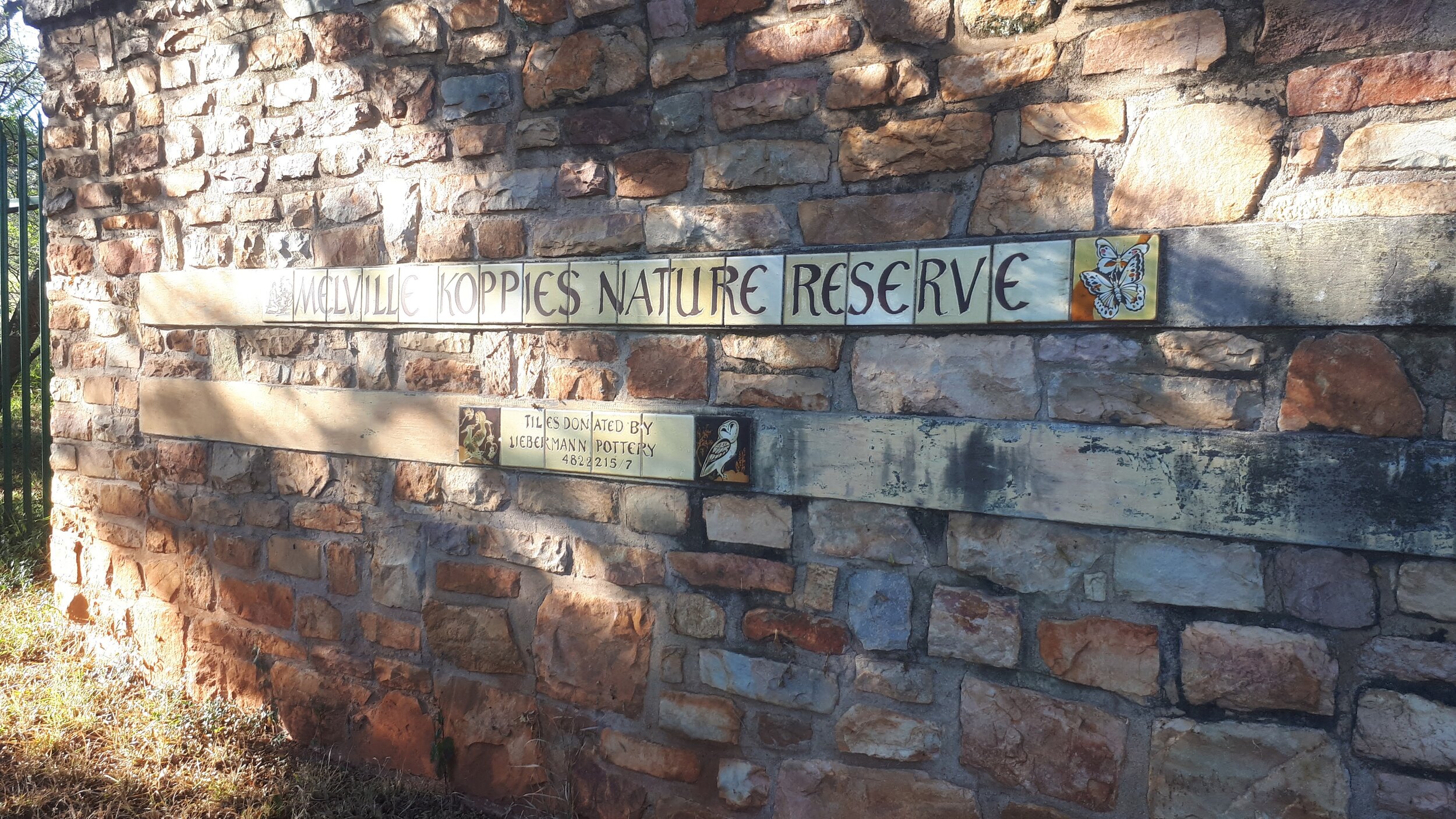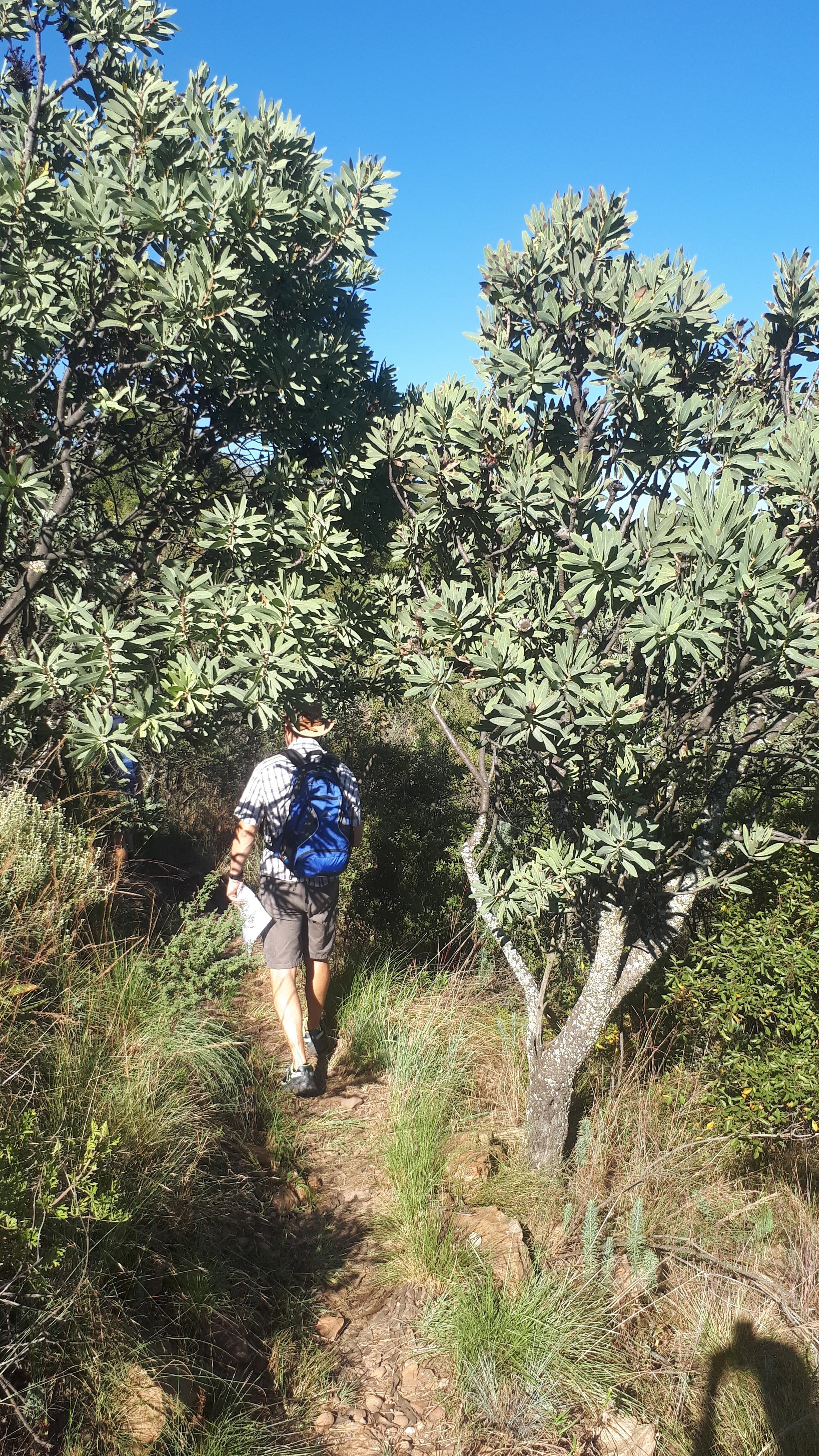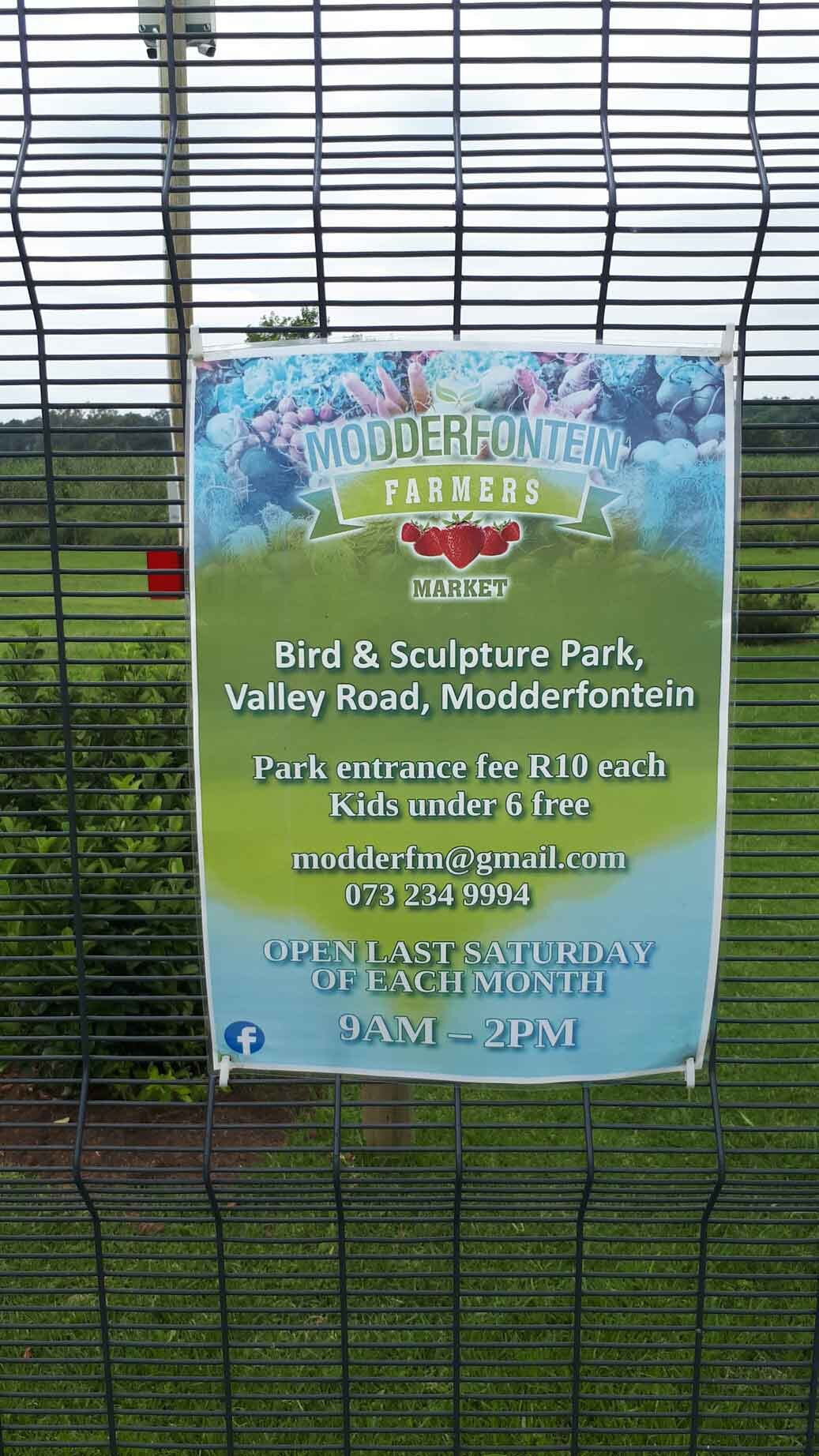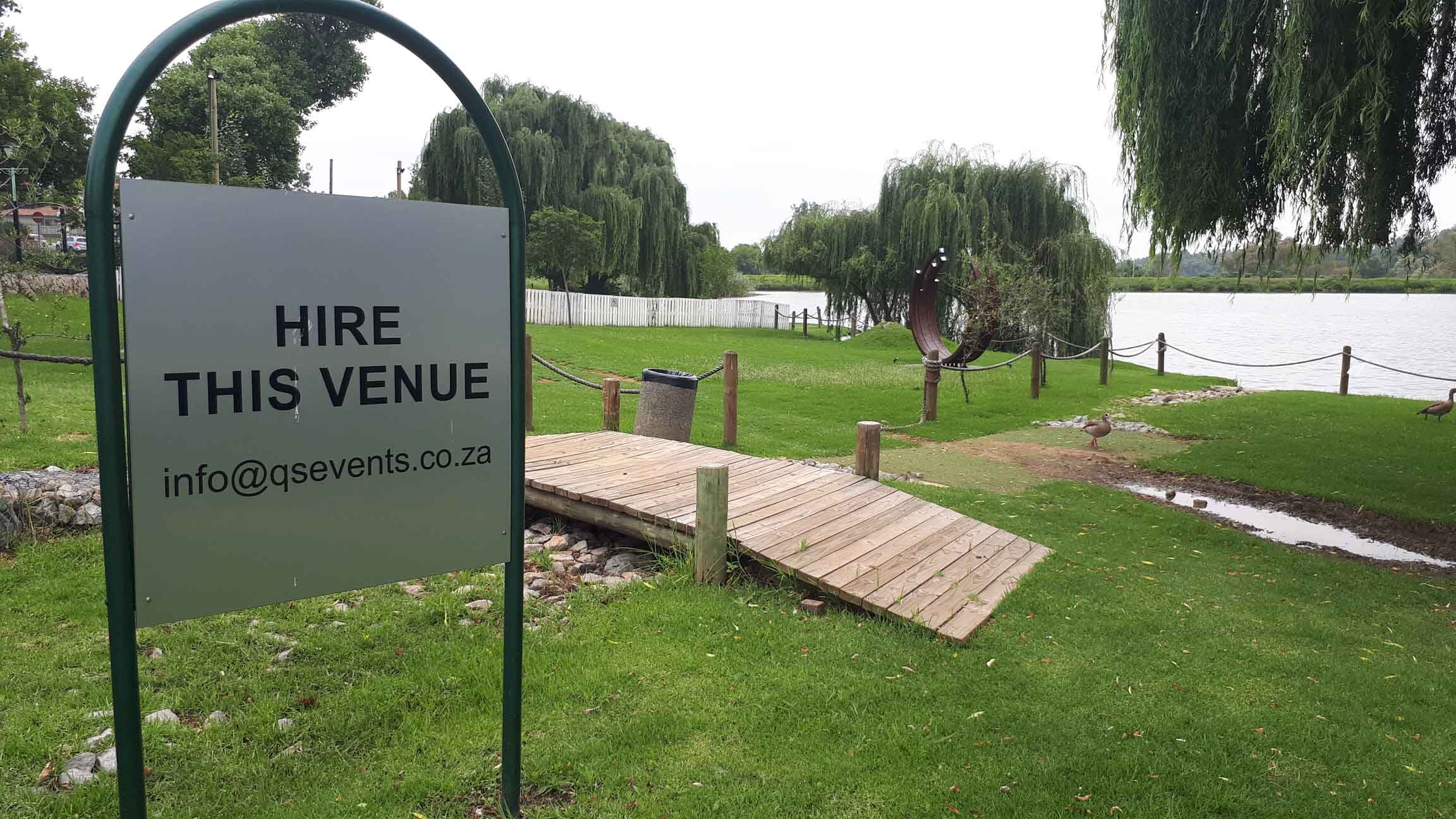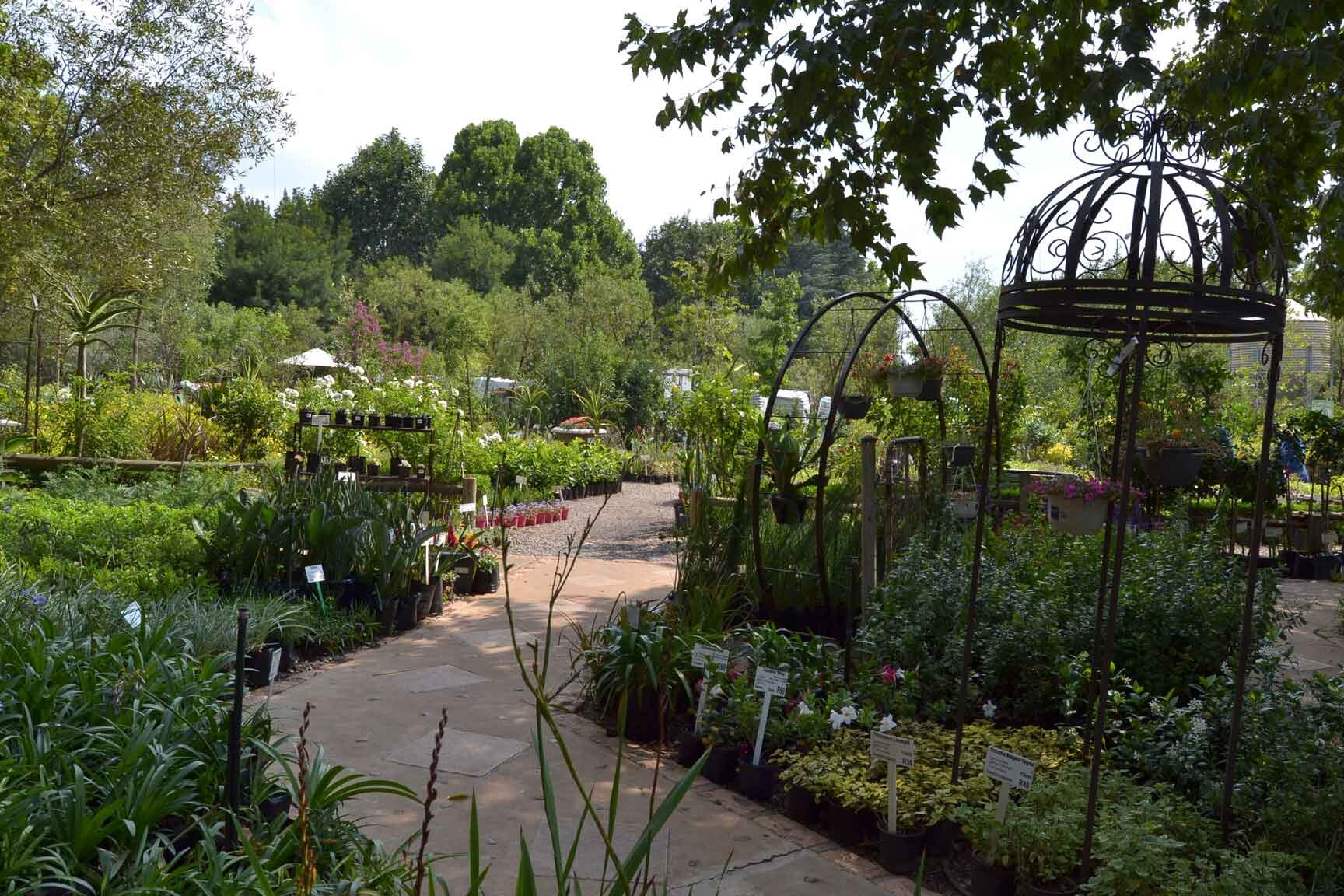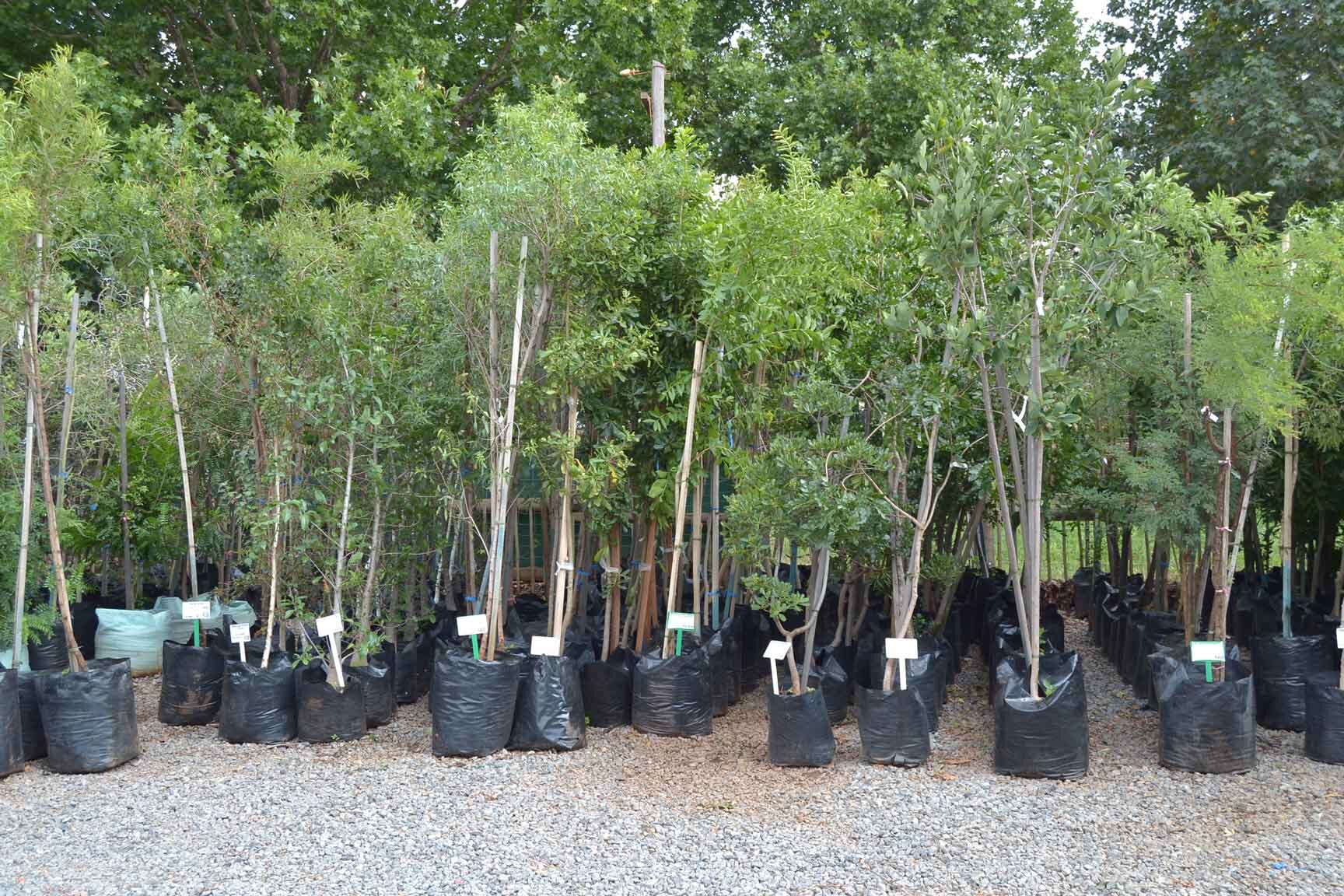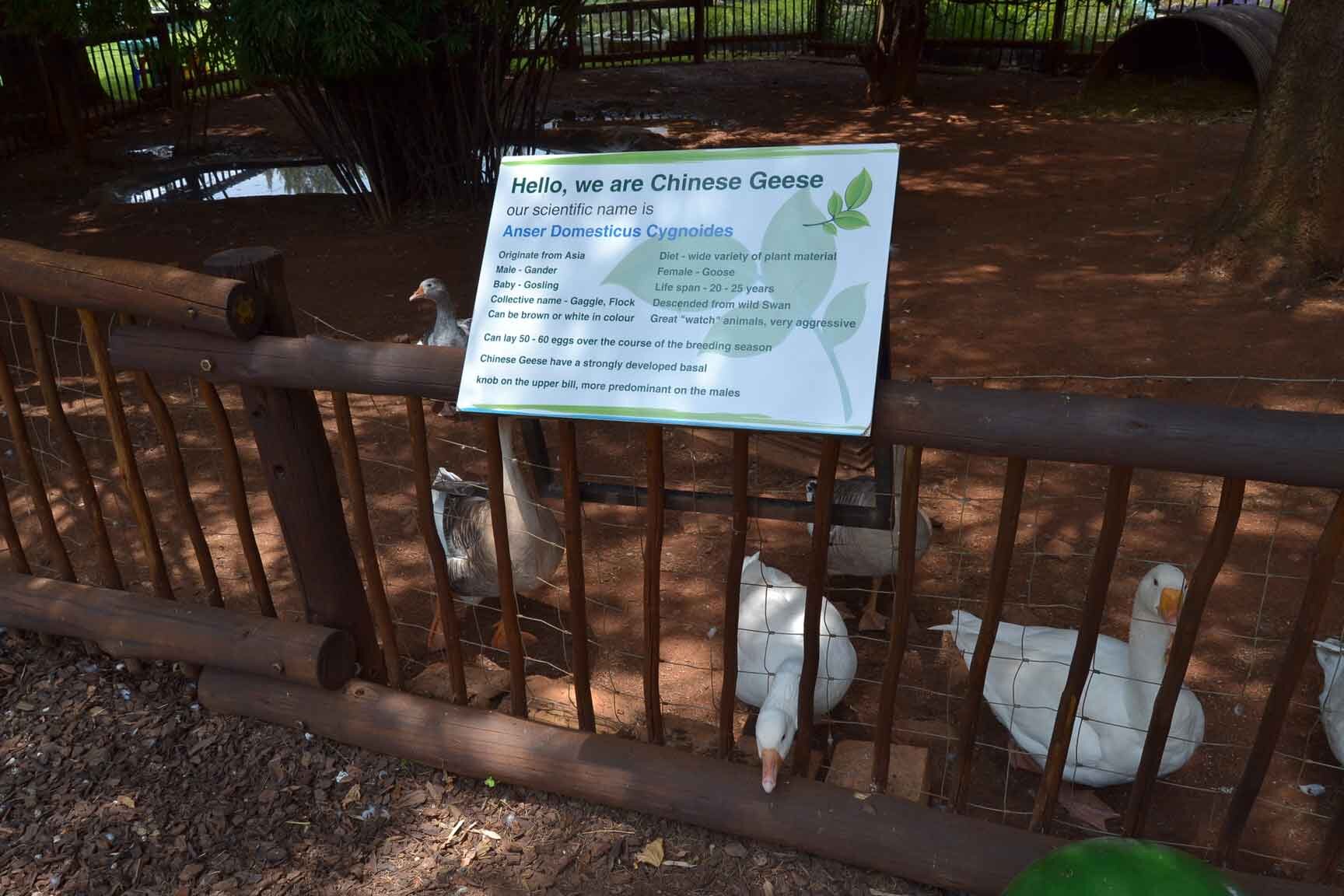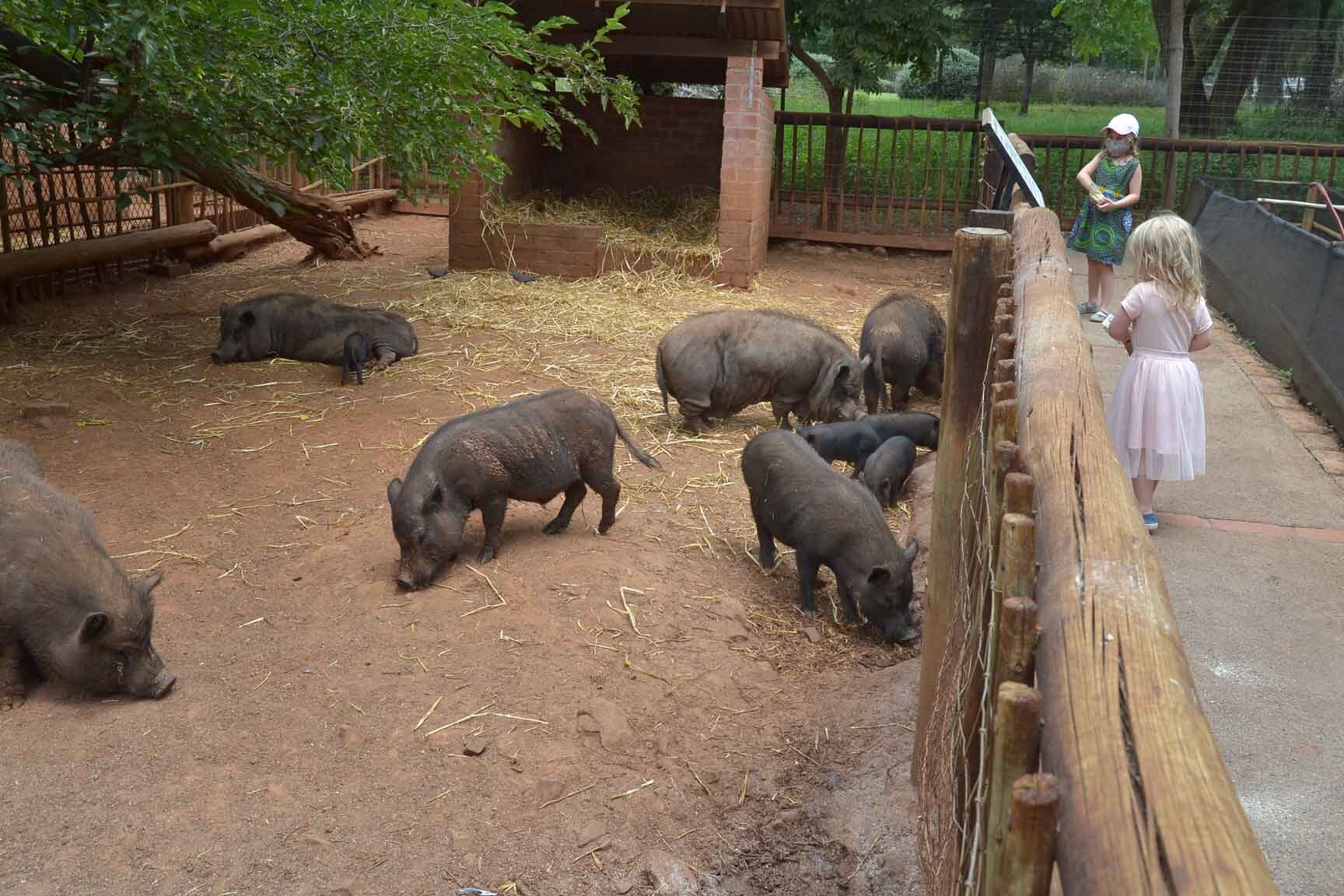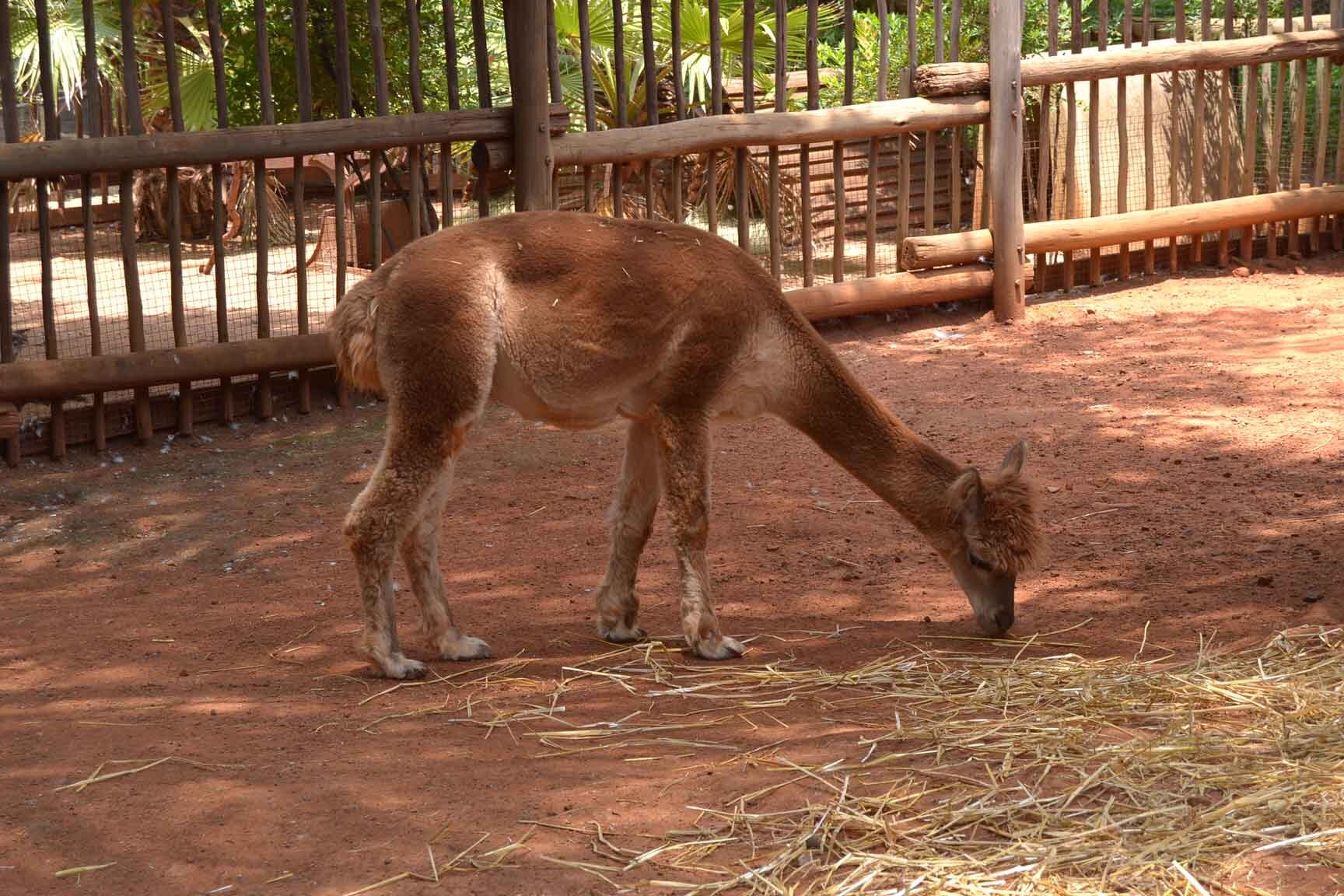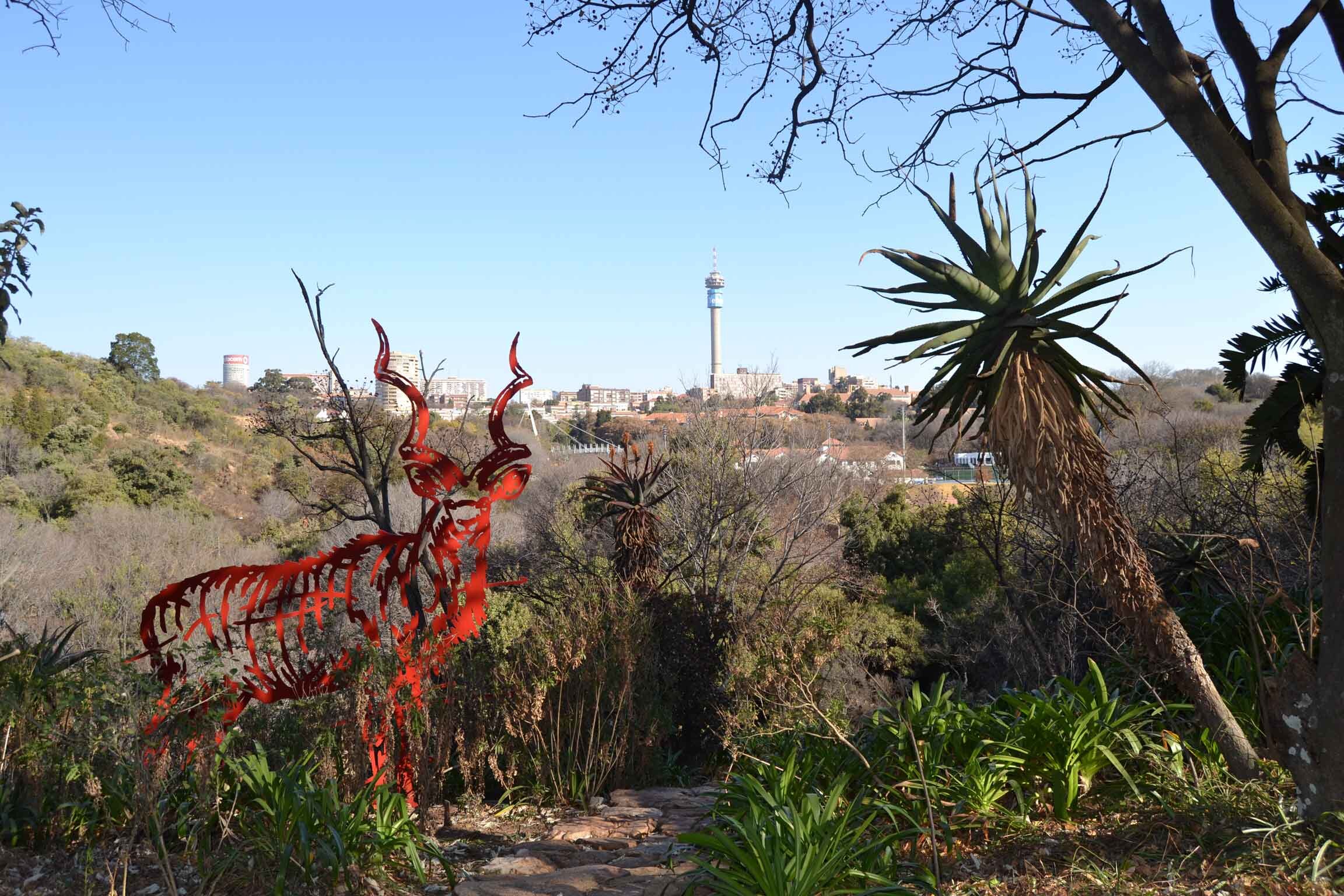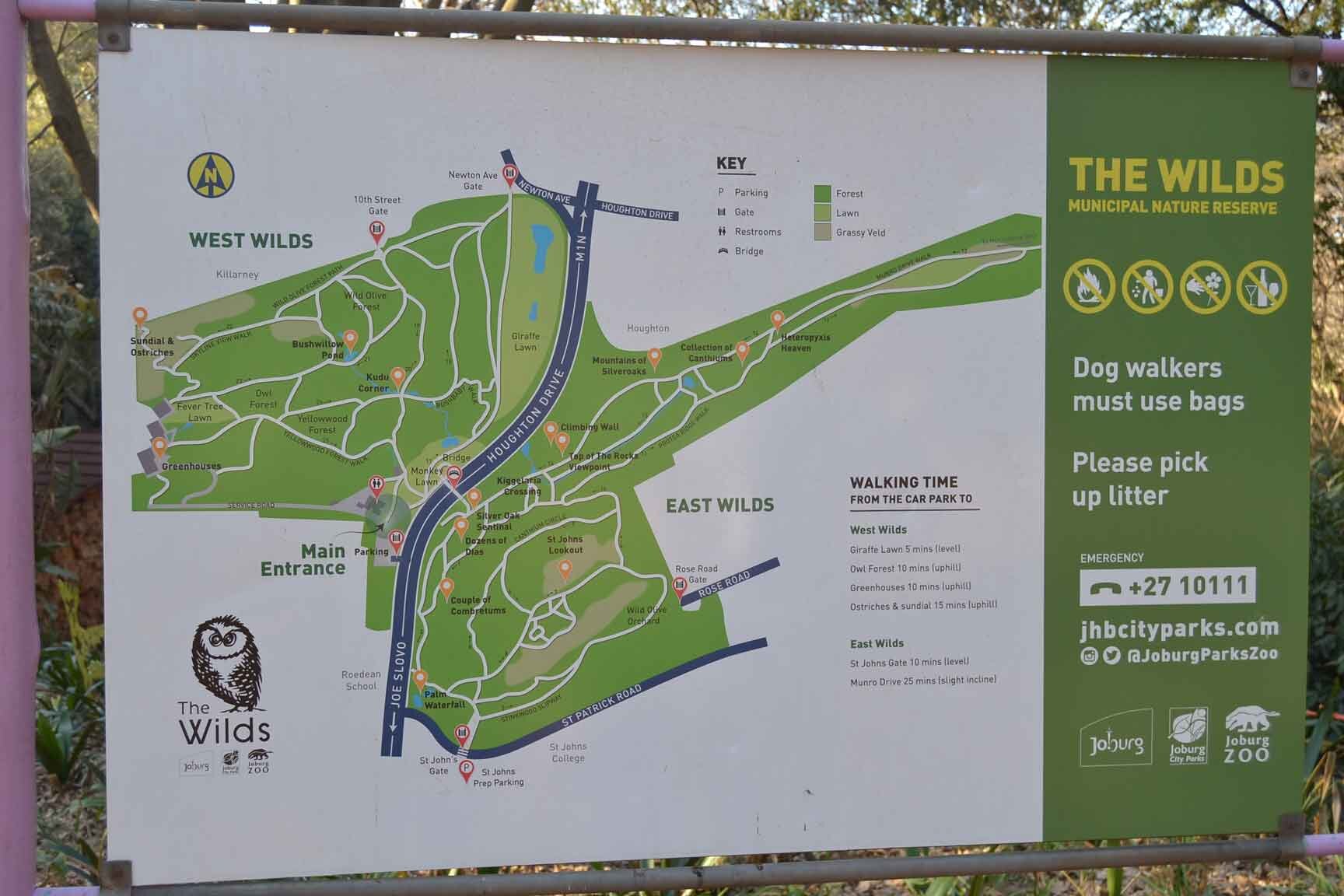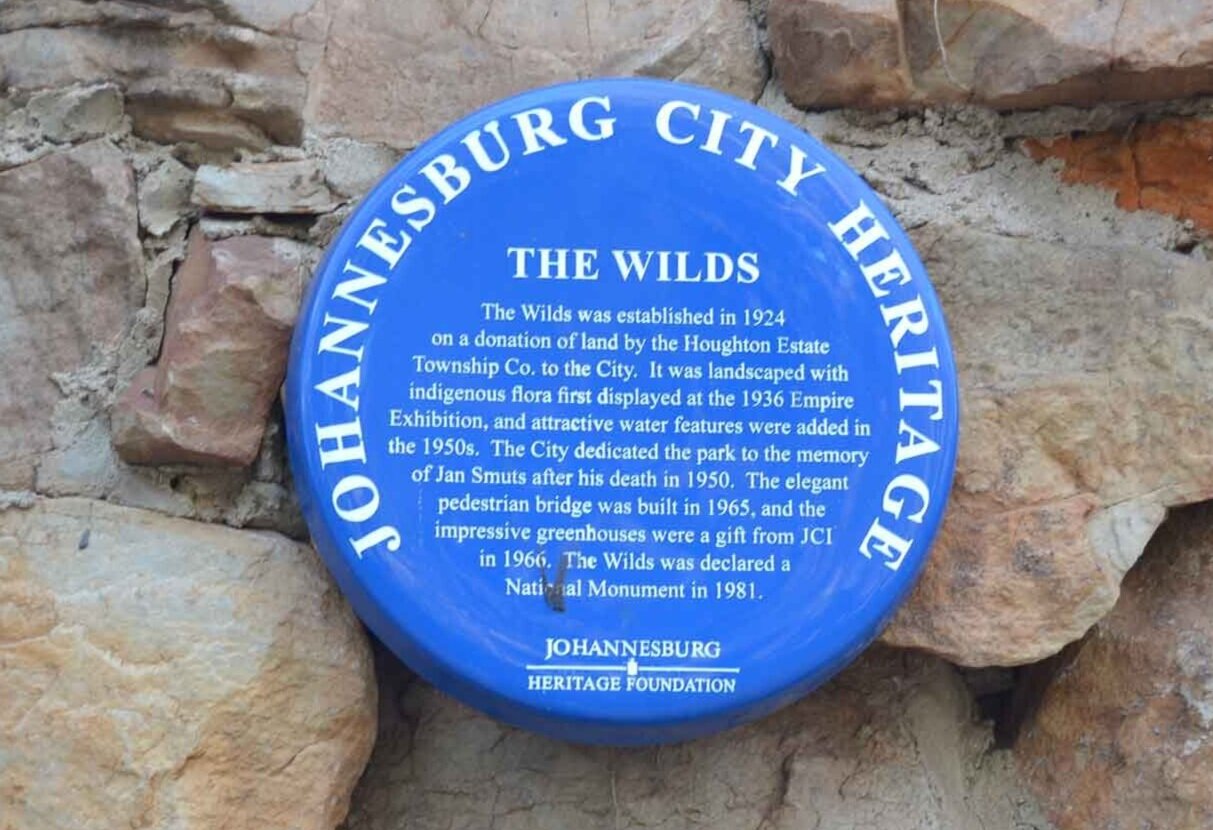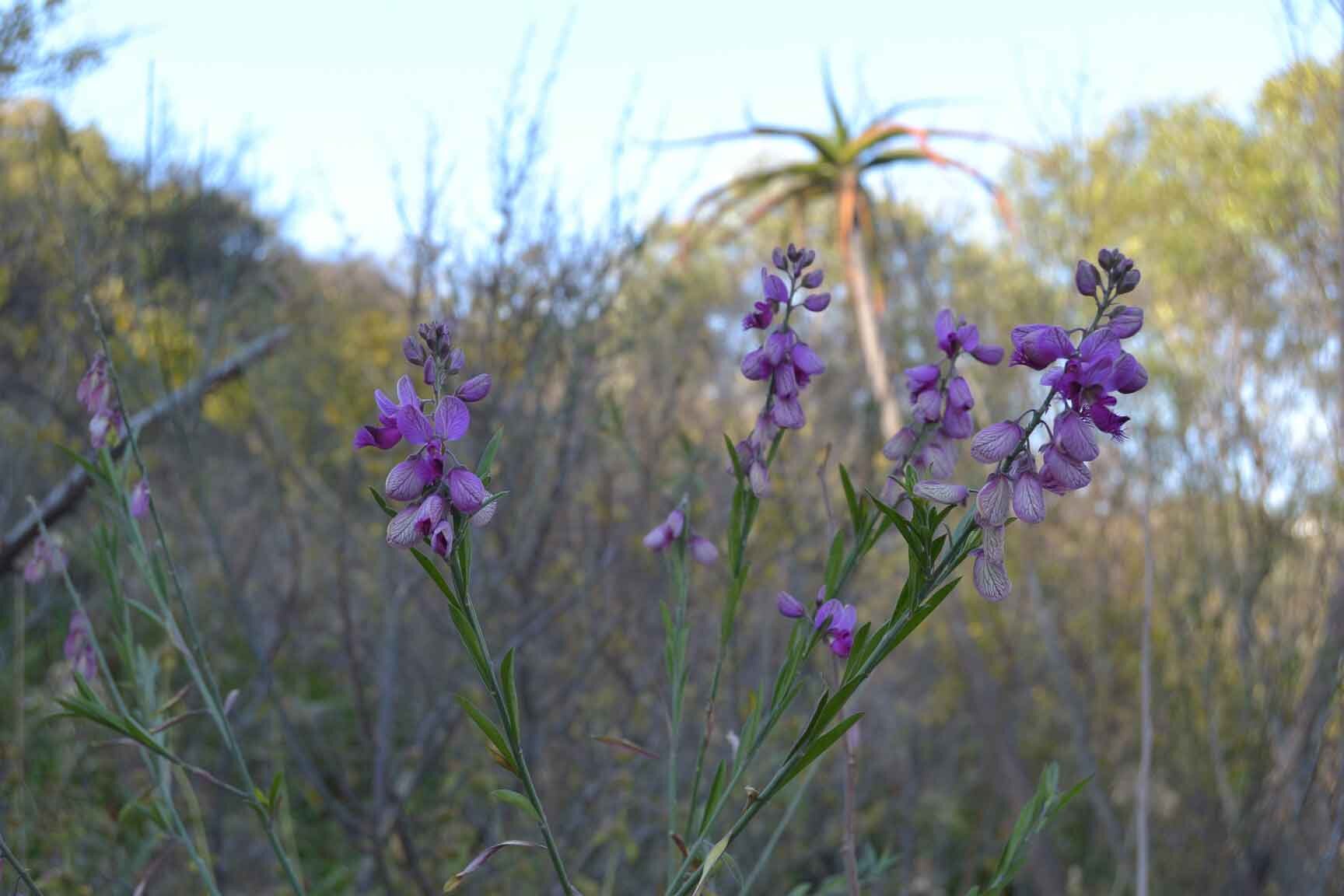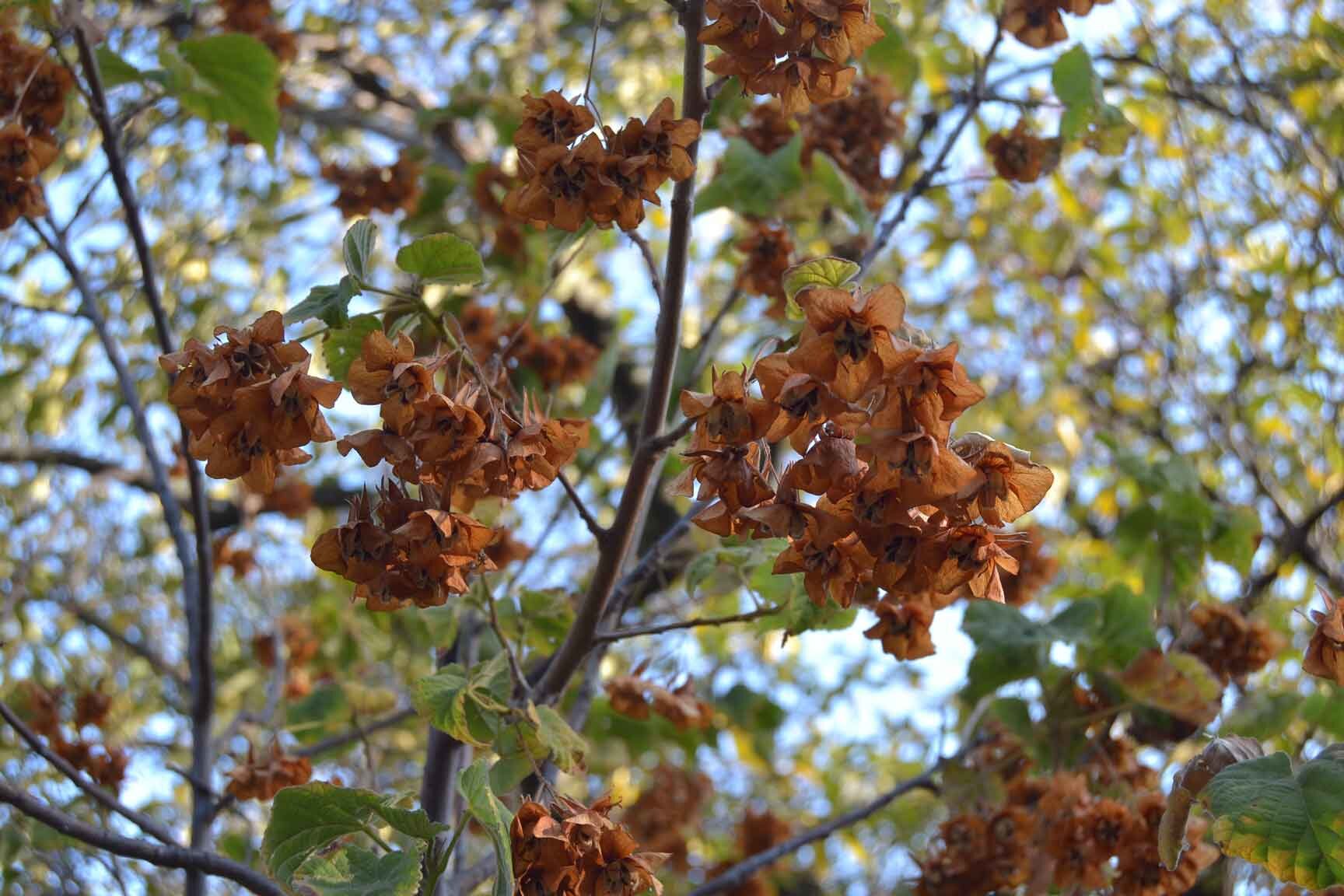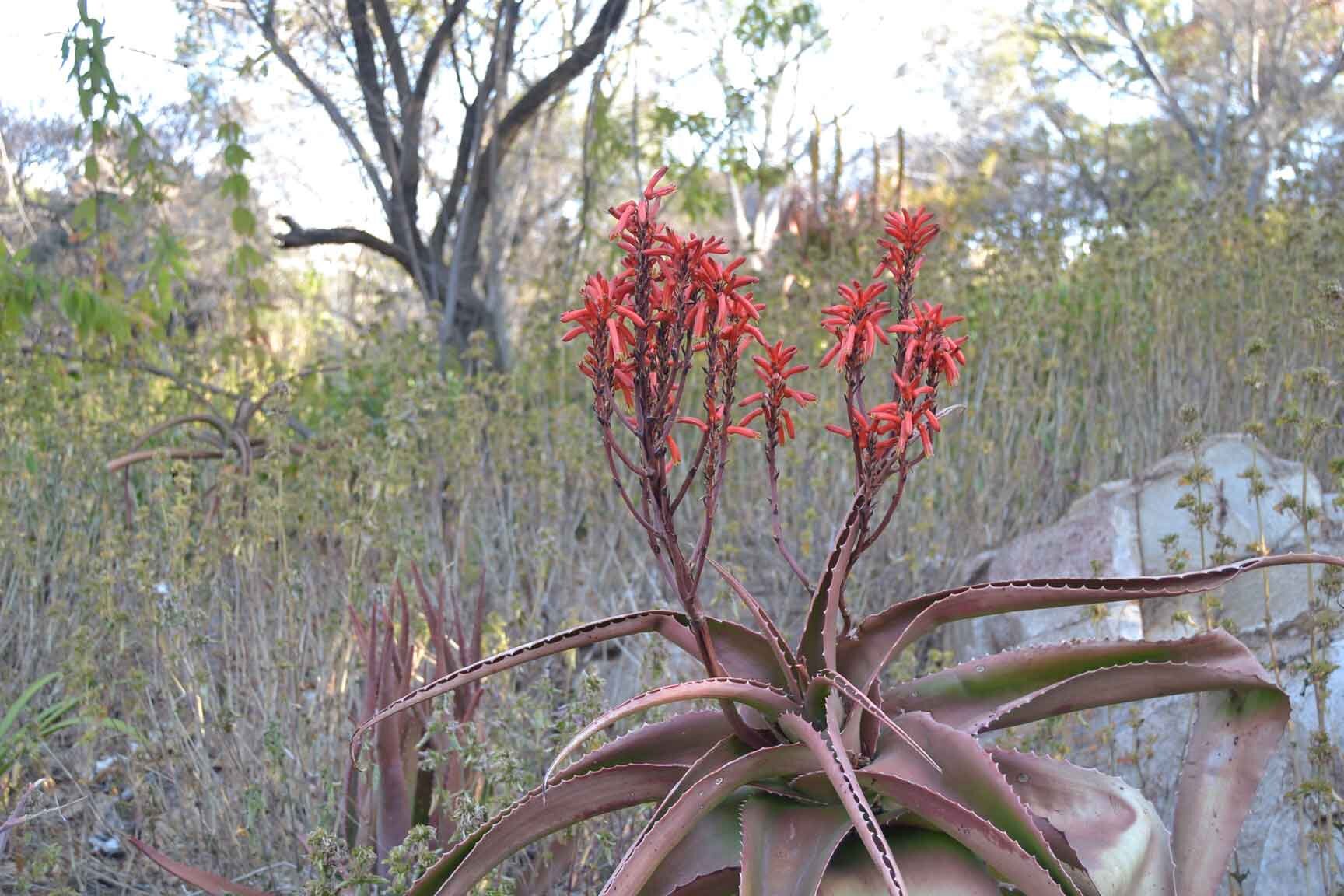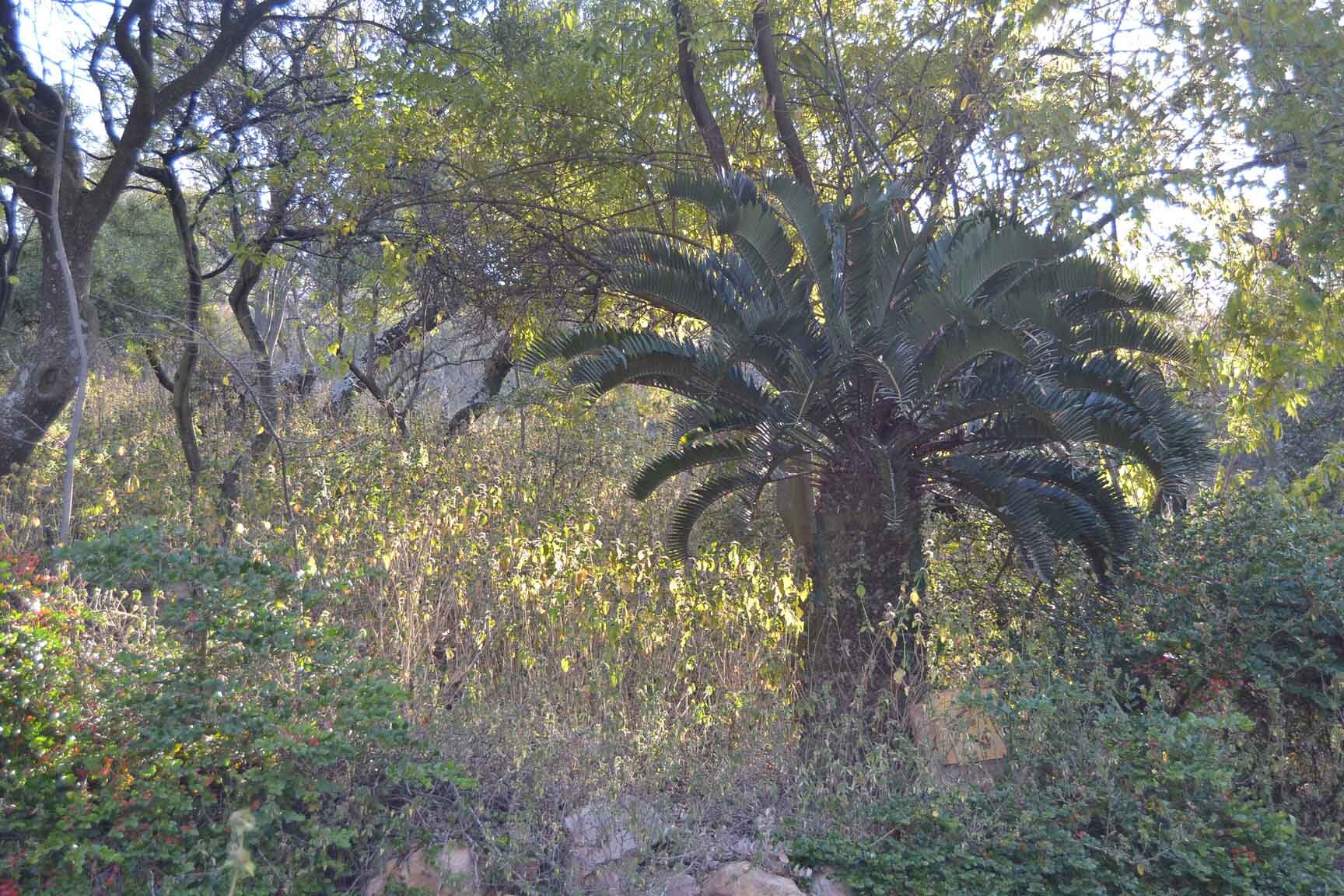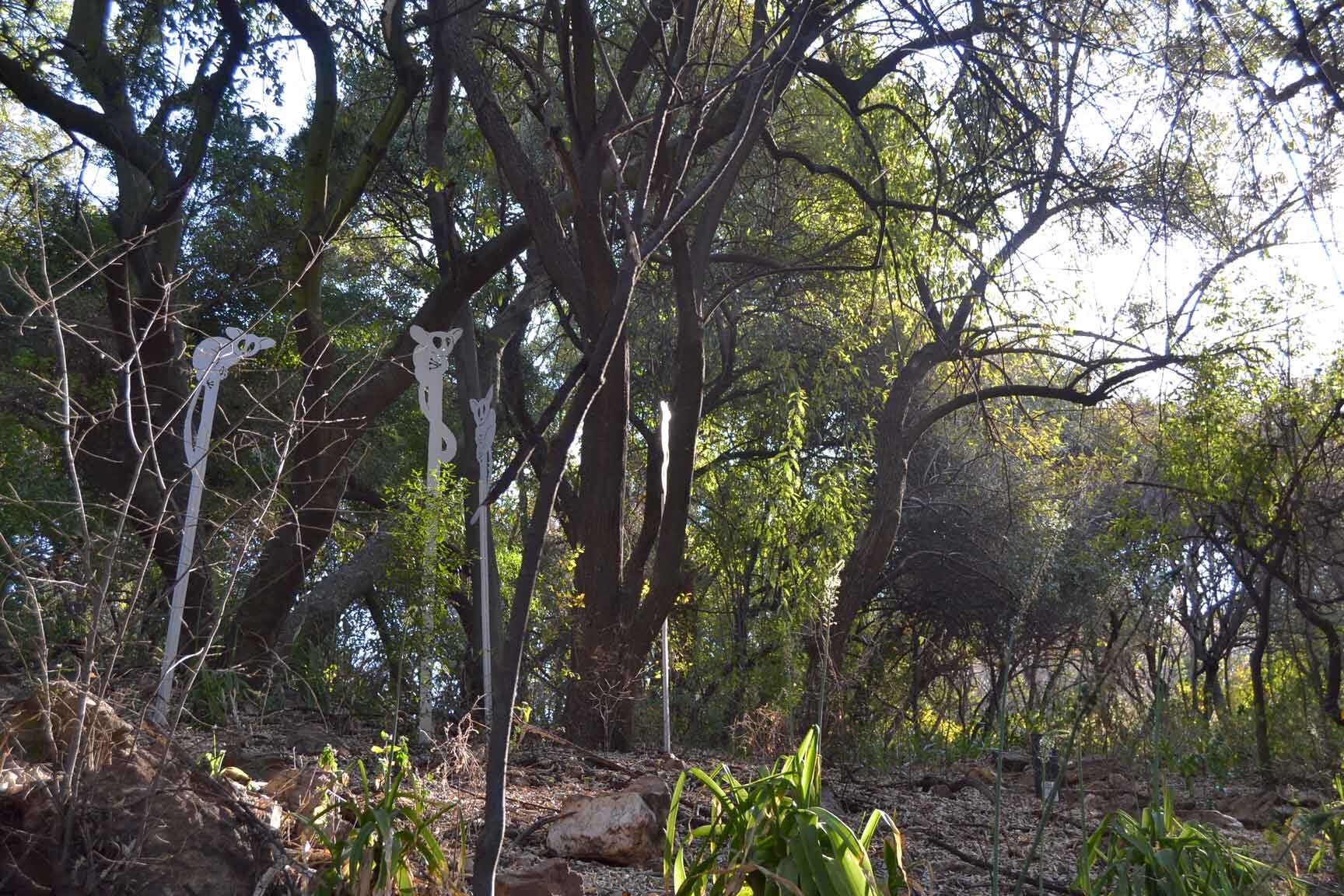For several years I have wanted to visit Mapungubwe National Park, but it was always a bit far (5 hours from Johannesburg) and I was worried about Malaria for my young children. This year we made it happen and visited in May which was surprisingly warm and we were really taken aback by the incredible beauty of this park.
Location
Mapungubwe is located on the border between South Africa, Zimbabwe and Botswana. It is on the South African side of the confluence between the Shashe and Limpopo Rivers. The reserve is actually bisected into two parts - the Eastern and Western Sections - with private land in between. It also forms part of a greater reserve that extends into the neighbouring countries called the Greater Mapungubwe Transfrontier Conservation Area.
Maps from SANParks website
History
“In December 1932, Ernst van Graan, his son Jerry and three other men searched the farm Greefswald, where both Mapungubwe and K2 are located, for a sacred hill rumoured to hold the treasure of kings. Arriving eventually at the steep-sided and seemingly unscaleable hill, a local man, known only as Mowena, reluctantly pointed the way to a narrow path well concealed in a cleft in the rock. Reaching the top of the hill, the men found remnants of stone walls and large quantities of potsherds, some iron tools and copper and glass beads scattered on the ground. They returned the next day with spades and soon unearthed ancient graves, three which were different and probably belonged to royalty.”
Several graves were uncovered including precious artefacts such as a golden bowl, scepter and the famous golden rhino. The Golden Rhino has become a symbol for Mapungubwe.
Architecture
I first heard about Mapungubwe while studying at the University of Pretoria when architect Peter Rich came to give a guest lecture on his award-winning Interpretive Centre. The visuals he showed stuck in my mind - brick vaulted domes clad in sandstone. I really wanted to visit this building. He explained how unemployed people from the local community were trained in making the clay tiles and in the tile-vaulting construction technique.
The Mapungubwe Interpretive Centre functions as a museum and holds a smallish collection of artefacts with historical information on the story of Mapungubwe. (Note that Museum entrance needs to be paid at Reception, a short drive away). There is also a cafeteria and small curio shop.
The architect clearly intended the experience of the museum to include exiting the building and walking on the rocky mesa to overlook the dramatic landscape below. Unfortunately, there is not even a signpost to indicate that you should go on the short walk to see this incredible view, so if you visit make sure that find a small dirt track from the cafeteria to the top of the hill.
link to architect’s page: https://www.peterricharchitects.com/mapungubwe-interpretation-centre
Cultural Landscape
The Mapungubwe Cultural Landscape has been occupied by diverse peoples over thousands of years. It demonstrates the rise and fall of the first powerful indigenous kingdom in Southern Africa between 900 and 1,300 AD and laid the foundation for subsequent settlement patterns in the region. In the 21st century Mapungubwe has been embraced as a site of significance by South Africans as well as the international community. The Mapungubwe Cultural Landscape (MCL) was declared as a National Heritage Site in 2001 and it was inscribed on the World Heritage List in 2003.
The MCL was inscribed on the World Heritage List in 2003 because it is believed to be of outstanding universal value for the following reasons:
The MCL contains evidence for an important interchange of human values that led to far-reaching cultural and social changes in southern Africa between AD 900 and 1300.
The remains in the MCL are a remarkably complete testimony to the growth and subsequent decline of the Mapungubwe State which at its height was the largest kingdom on the African subcontinent.
The establishment of Mapungubwe as a powerful state trading through the East African ports with Arabia and India was a significant stage in the history of the African sub-continent.
The remains in the MCL graphically illustrate the impact of climate change and record the growth, and then decline, of the Kingdom of Mapungubwe as a clear record of a culture that became vulnerable to irreversible change.
Take the time to contemplate the landscape. Marvel at the wonder of Nature and the layers of memory and history in this place.
Vegetation
The Park comprises Subtropical Alluvial Vegetation, Musina Mopane Bushveld and Limpopo Ridge Bushveld vegetation types. The Mopani trees were particularly striking when we visited - all golden shades of yellow, orange and red and I also loved the Large Leaved Rock Figs (Ficus abutilifolia) clinging to the dramatic rock formations. But the highlight for me must be the magnificent Baobabs (Adansonia digitata). They are so enormous that you can’t help be in awe of them. They are even more dramatic without leaves and their grey bark almost shimmers like a snake’s skin in the sunlight. The Park has tried to protect many of the larger trees with a type of wire mesh wrapped around the trunk to protect the trees from elephants.
Geology
The landscape is really poetic. I wanted to do some research on the geology of the area and found this incerpt in the Integrated Management Plan for the period of 2019 - 2028, prepared by Dr Andre Spies, found on the SANParks website: “The park comprises of an attractive semi-arid landscape with varying geological structures and formations, including extremely old Archaean rocks, metamorphics of intermediate age, karoo sandstone / conglomerate uplands that are about 200 million years old, and recent alluvium and sands. Kimberlites about 100 million years old are found in the region, which explains the existence of a large diamond mine at Venetia, about 50 km south of the park boundary. ” (https://www.sanparks.org/wp-content/uploads/2023/08/integrated-management-plan-3.pdf)
Animals & Birds
We saw lovely general game in Mapungubwe. My kids enjoyed seeing Spring Hares for the first time!
Birdlife is abundant and there are some amazing specials that can be found here. I really wanted to see Pel’s Fishing Owl, this bird attracts many birding fanatics countrywide, but unfortunately I did not see it. I did see Meyer’s Parrot and Meve’s (Longtailed) Starling for the first time. This place is a Birder’s Paradise!
Giraffe in Leokwe Rest Camp
Accommodation
There are several accommodation options available at Mapungubwe National Park: Well equipped Chalets at Leokwe Camp; Tented huts at Limpopo Forest Tented Camp; Campsites at Mazhou Campsite; Tshugulu Lodge caters for larger groups and also there are also cabins at Vhembe Wilderness Camp. I have only stayed at Leokwe Rest Camp so unfortunately can’t give more information about the other options. Our rondawel at Leokwe was very spacious and we loved braaiing on the patio with a beautiful view over the indigenous bush. The camp is not fenced off so animals roam freely but I believe there are not a lot of lions in the reserve, but even so they ask you to refrain from walking in the camp after nightfall.
View of Leokwe Camp from Pool Area
Pool at Leokwe Rest Camp
For bookings go to SANParks website
References:
SANParks website - Mapungubwe National Park – SANParks https://www.sanparks.org/parks/mapungubwe
Mapungubwe National Park and World Heritage Site Integrated Management Plan, 2019 - 2028, by Andre Spies, Integrated Management Plan
MAPUNGUBWE NATIONAL PARK AND WHS Heritage and Palaeontological Impact Assessment for the Overnight Youth Facility (Dormitories) & Mapungubwe Valley Orientation Centres January 2020, by Stephan Gaigher, Heritage Impact Assessment
https://whc.unesco.org/en/list/1099/


